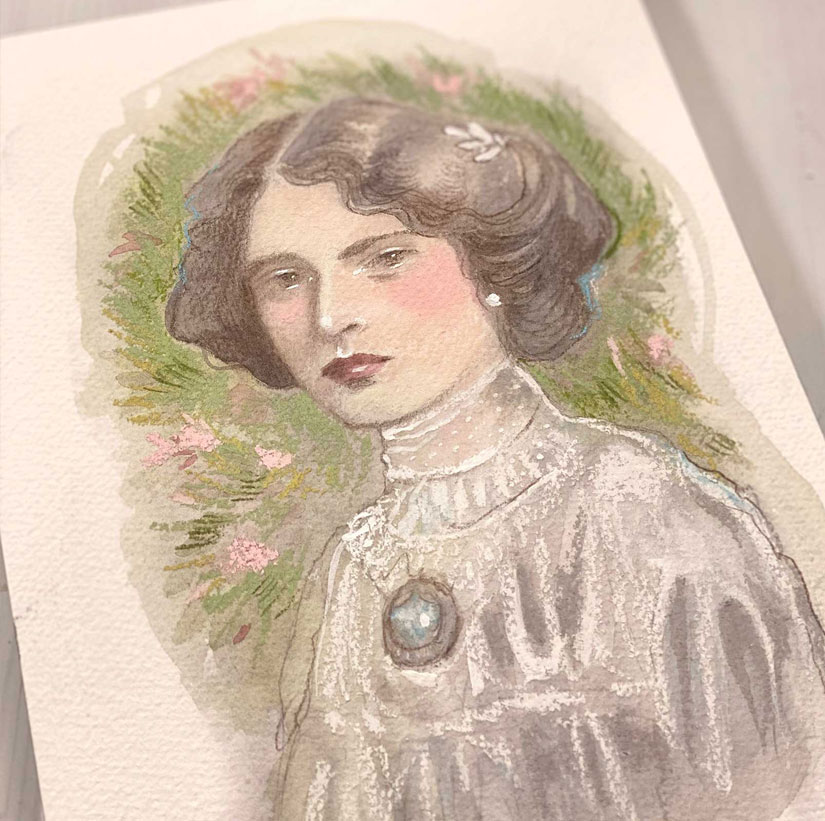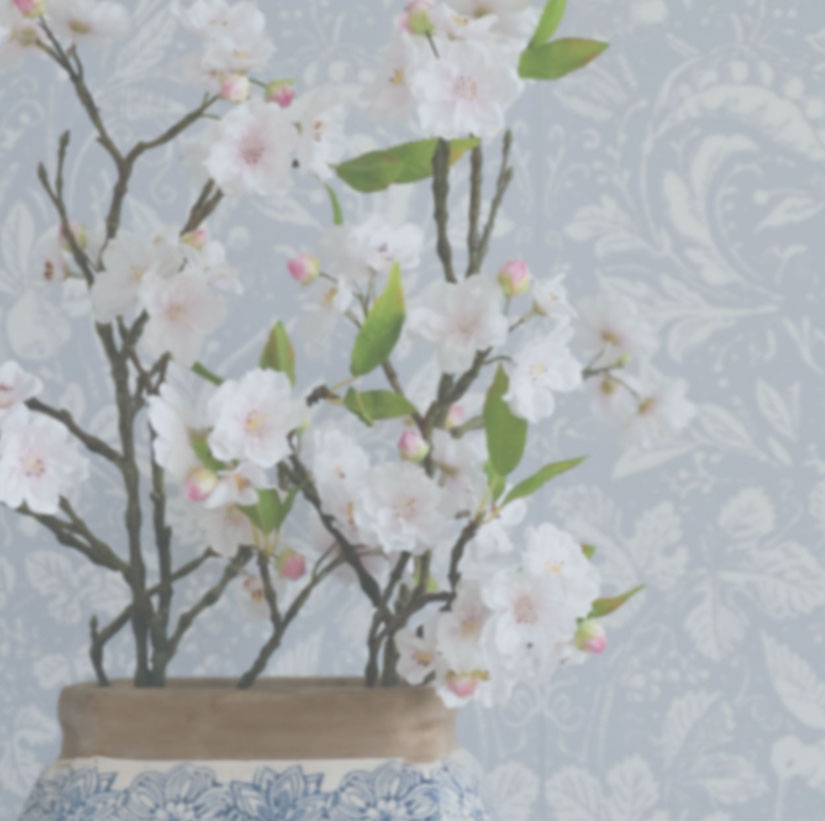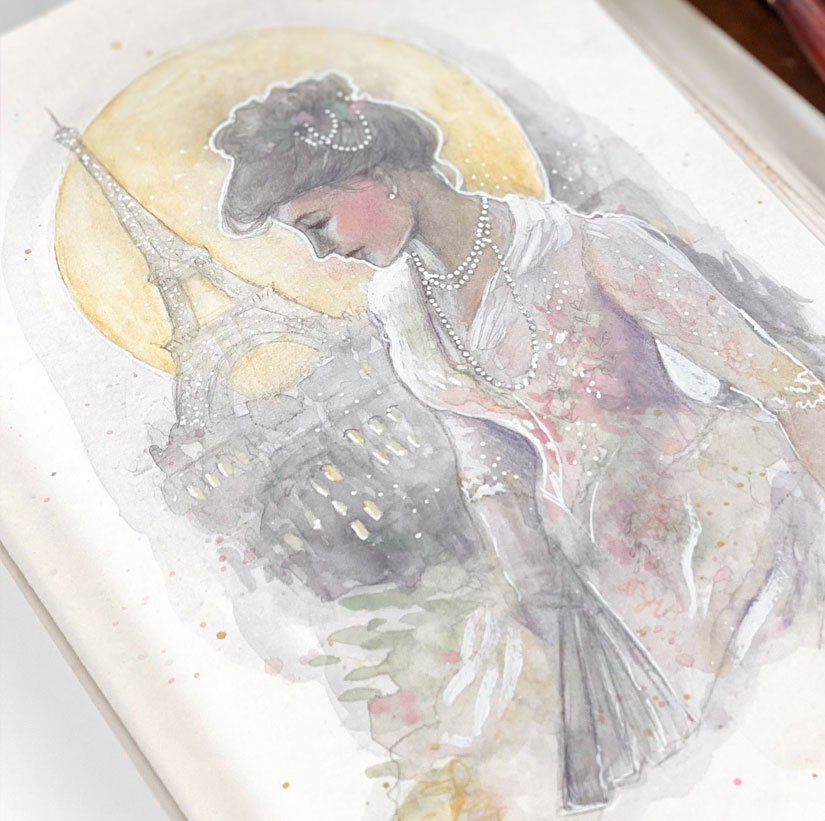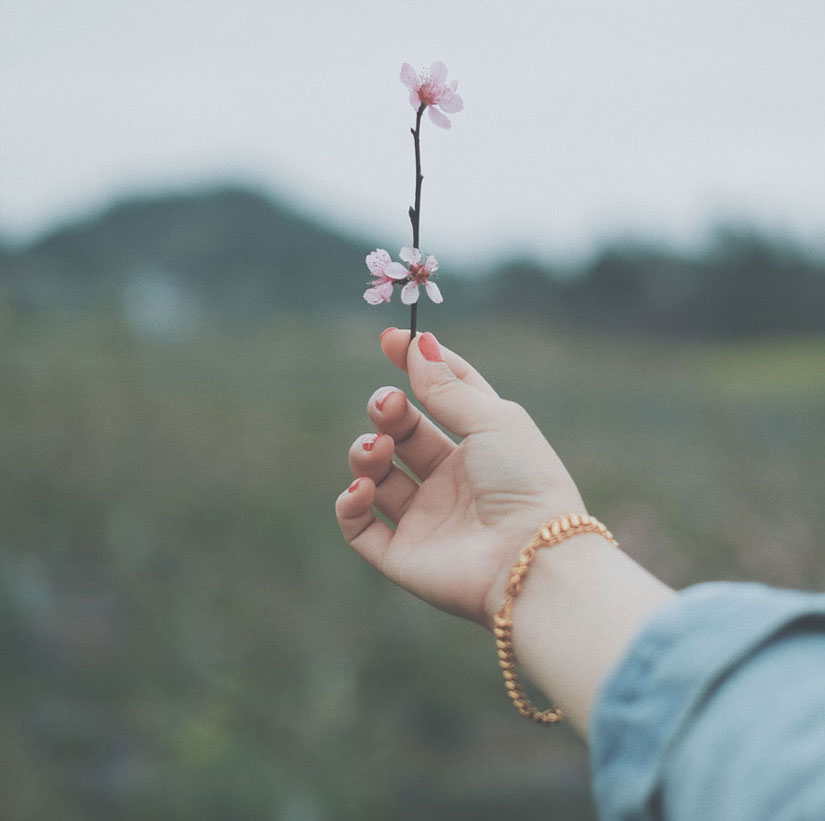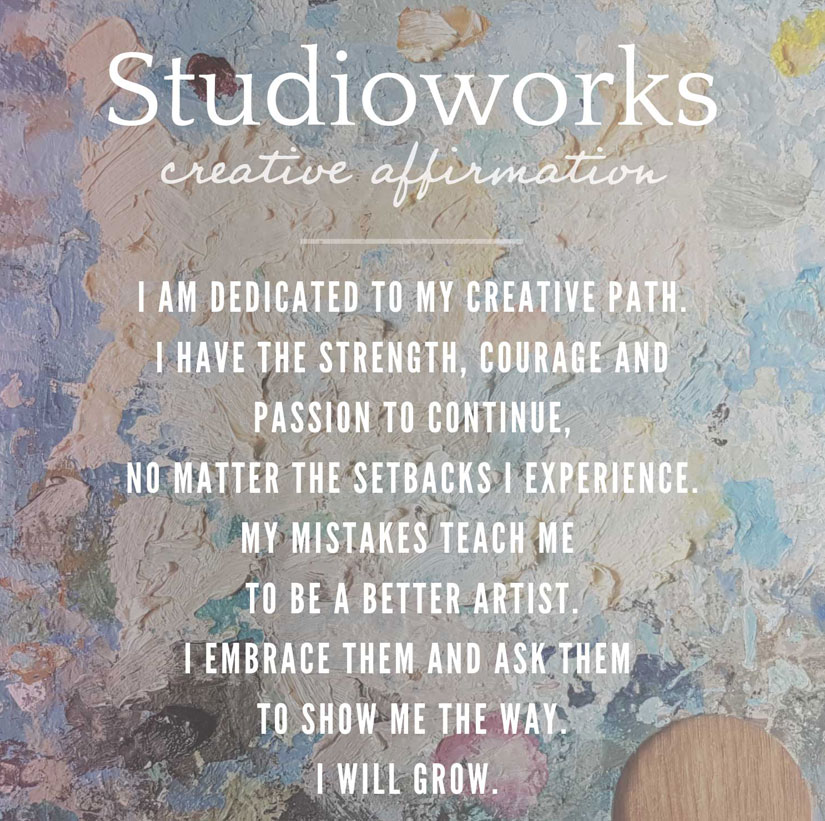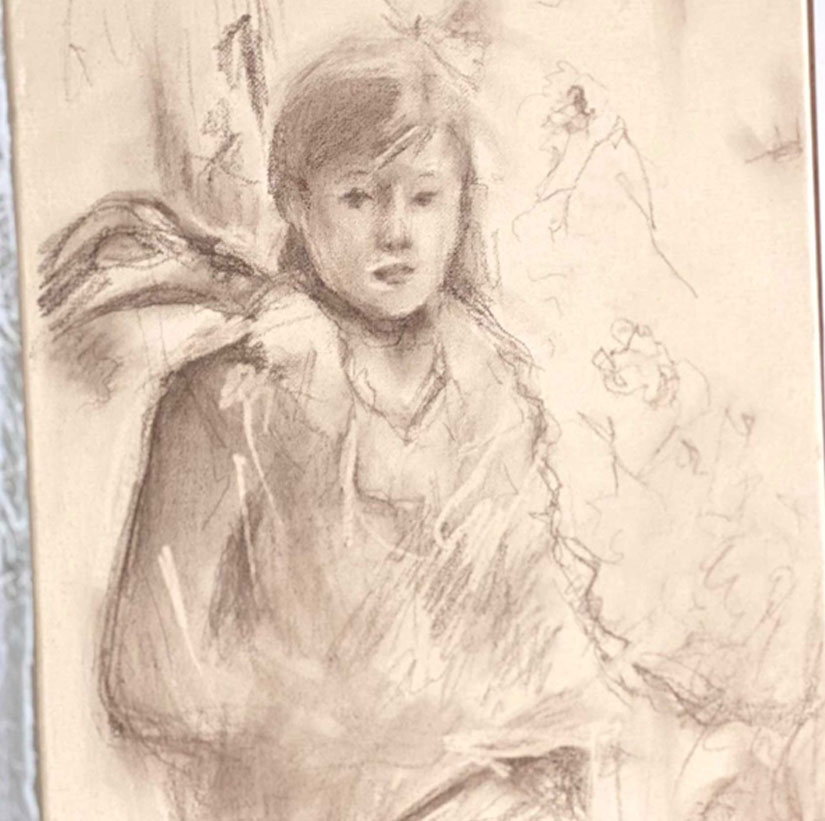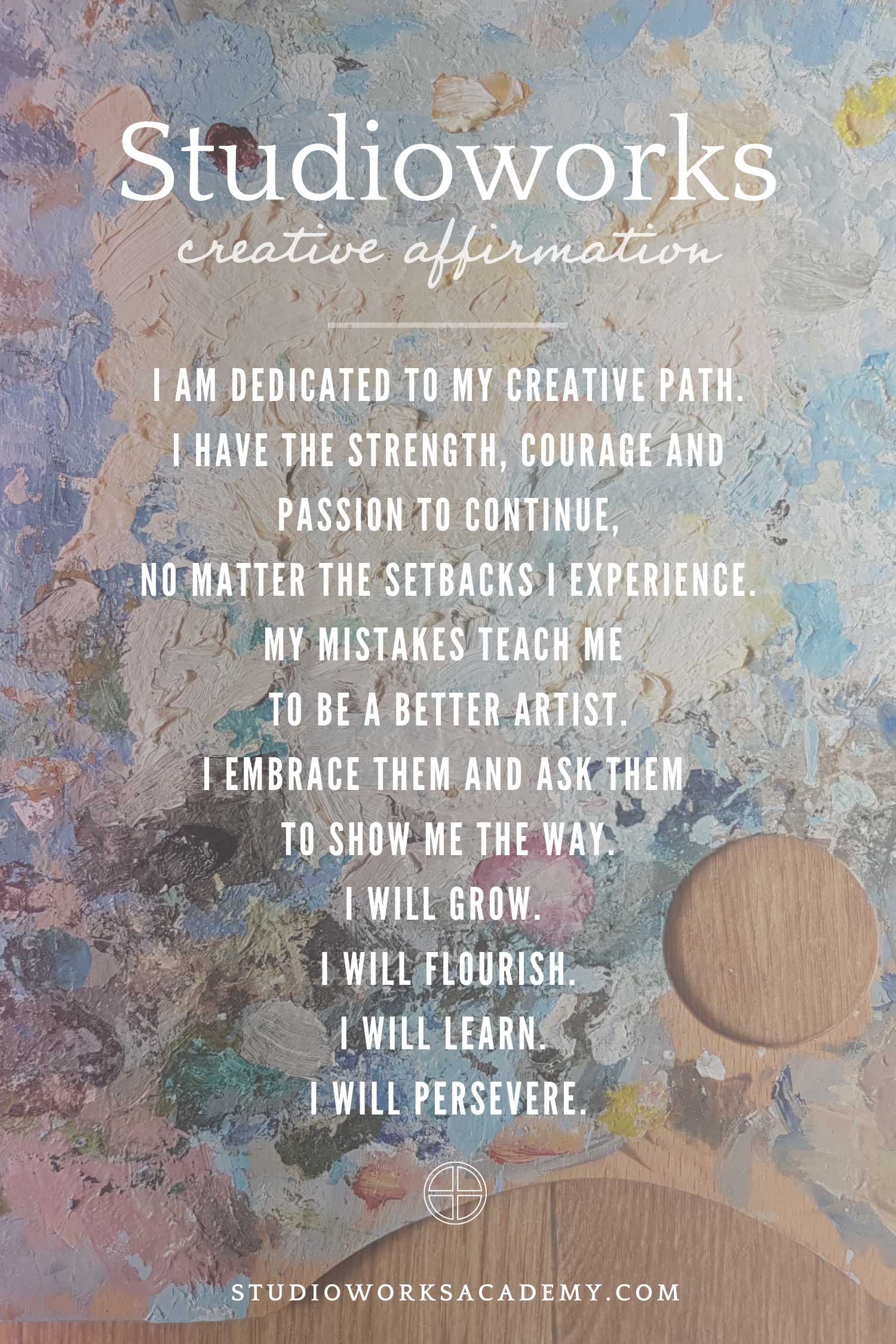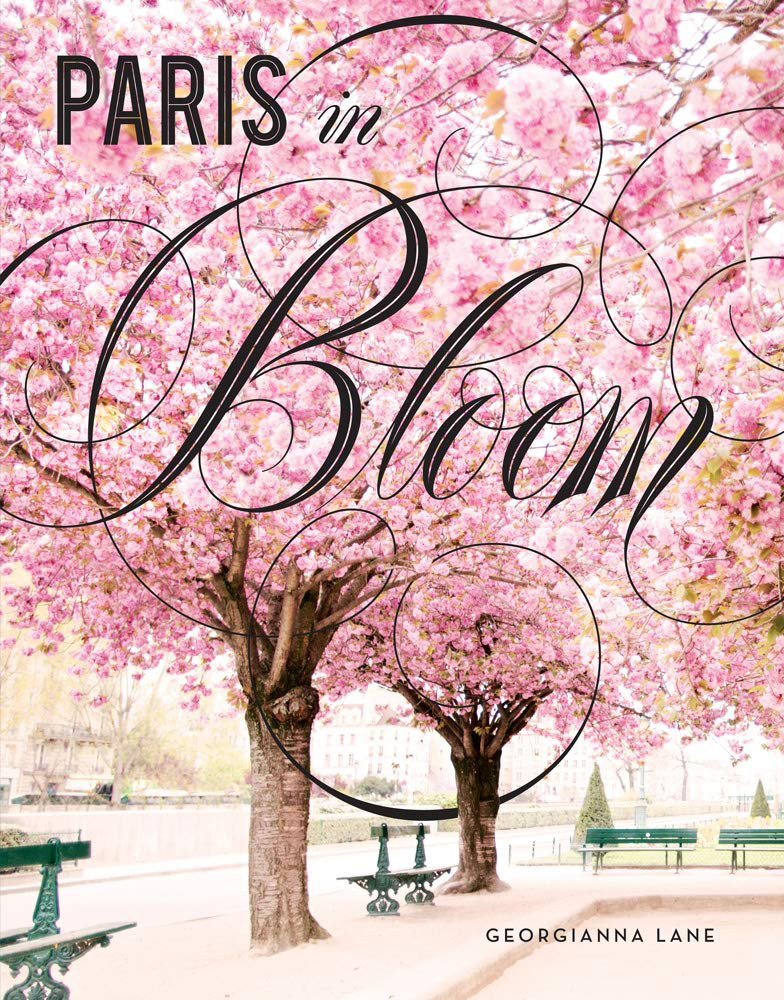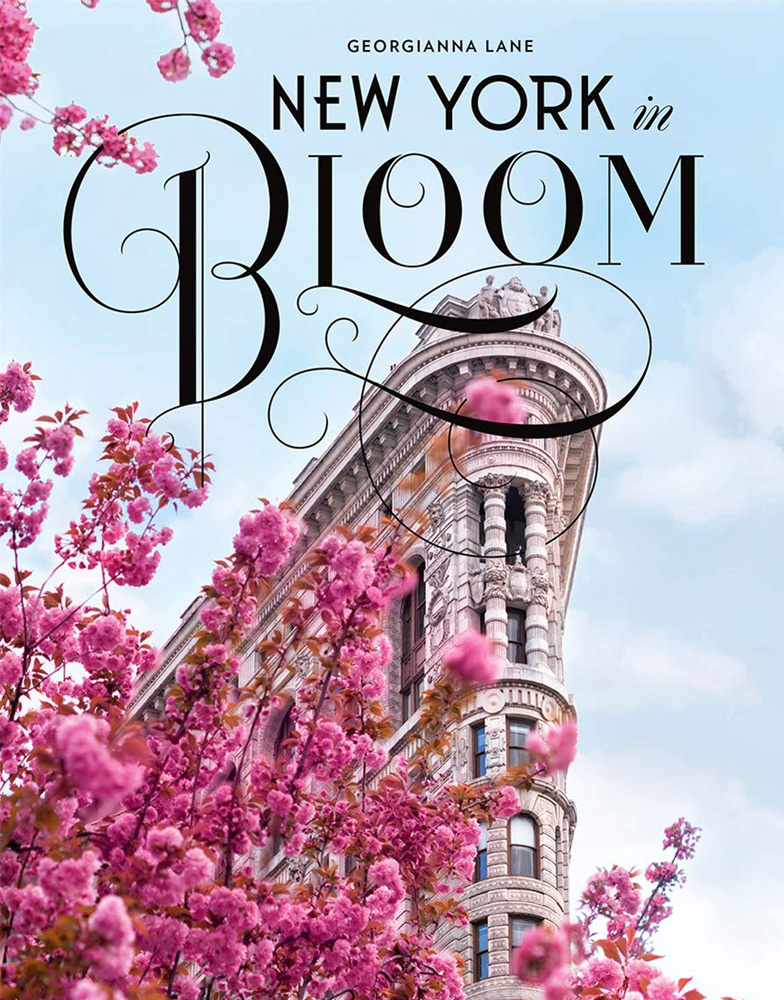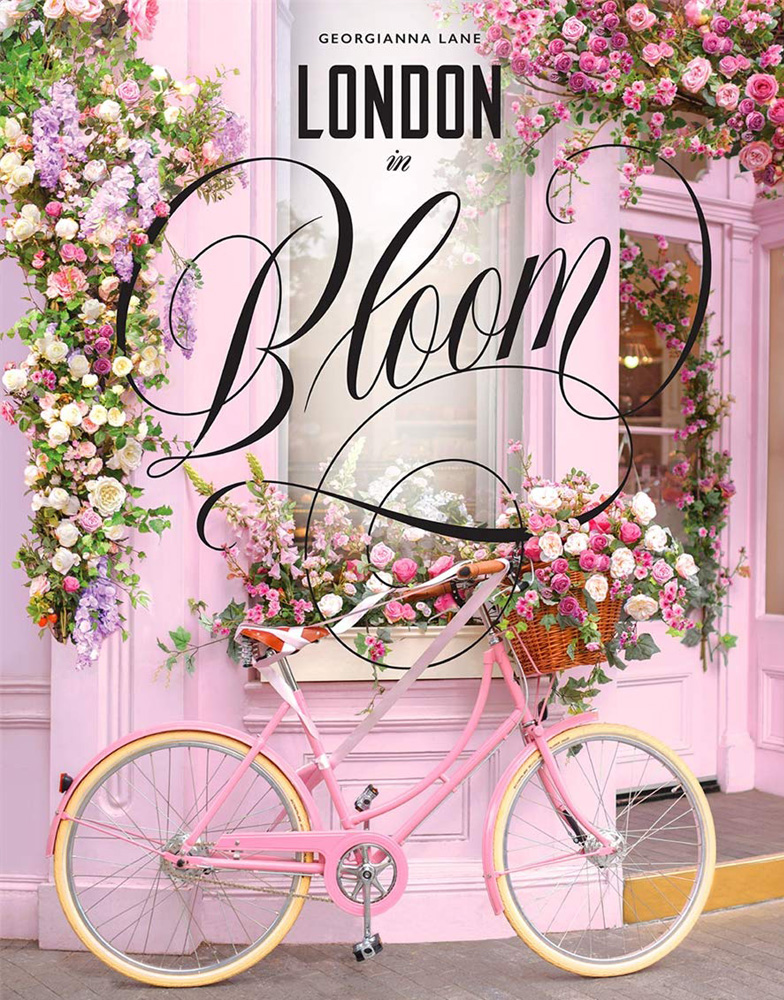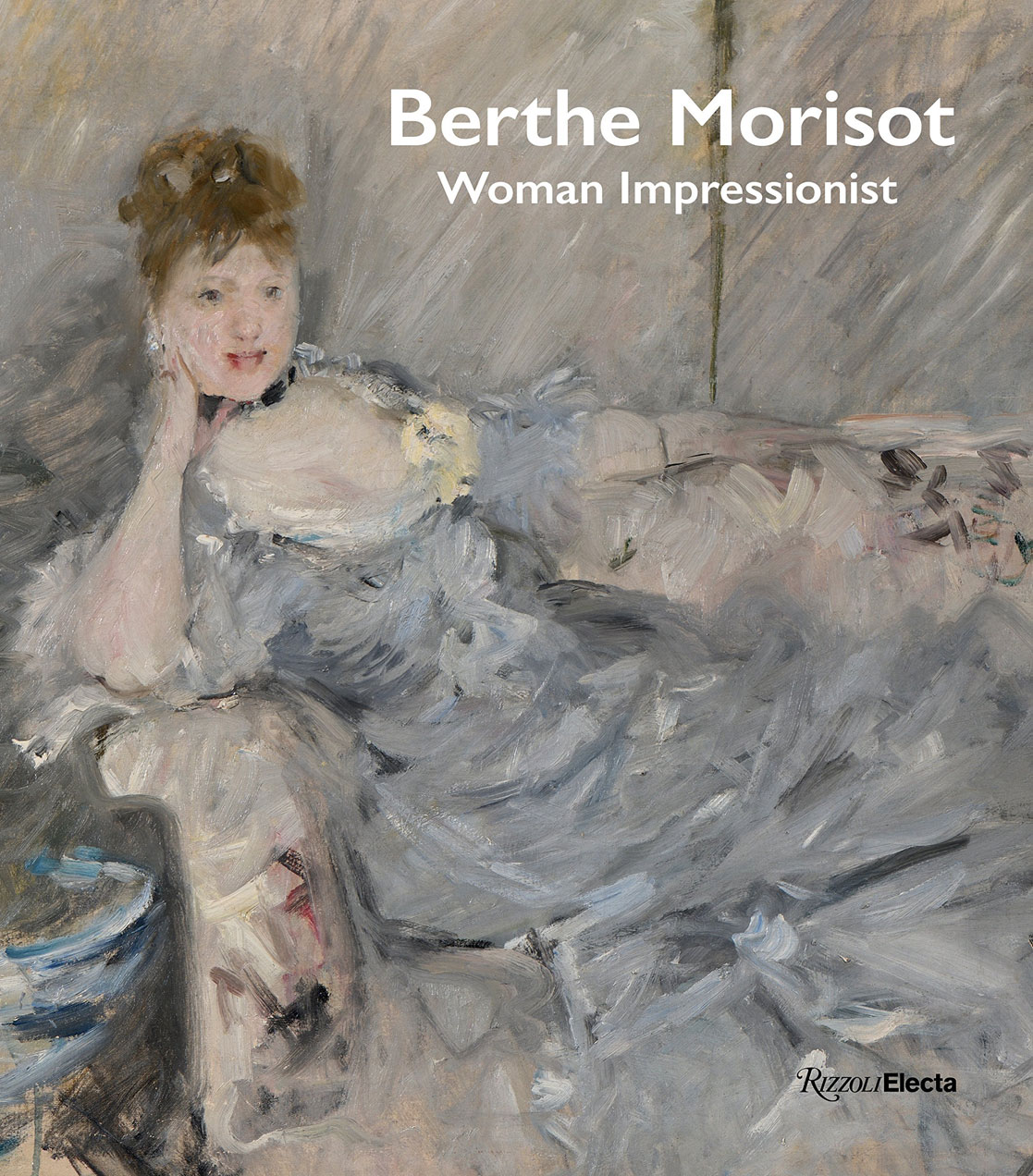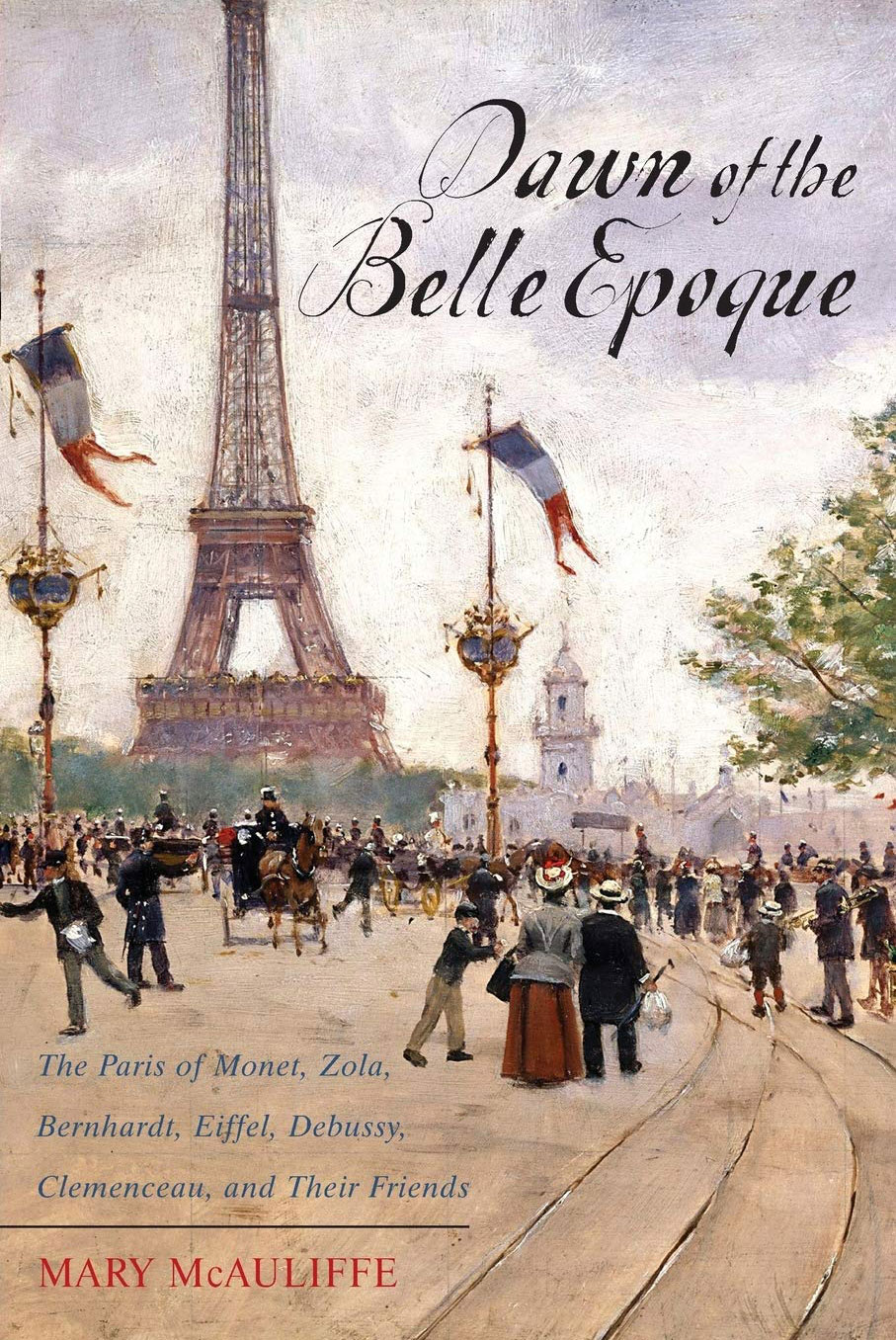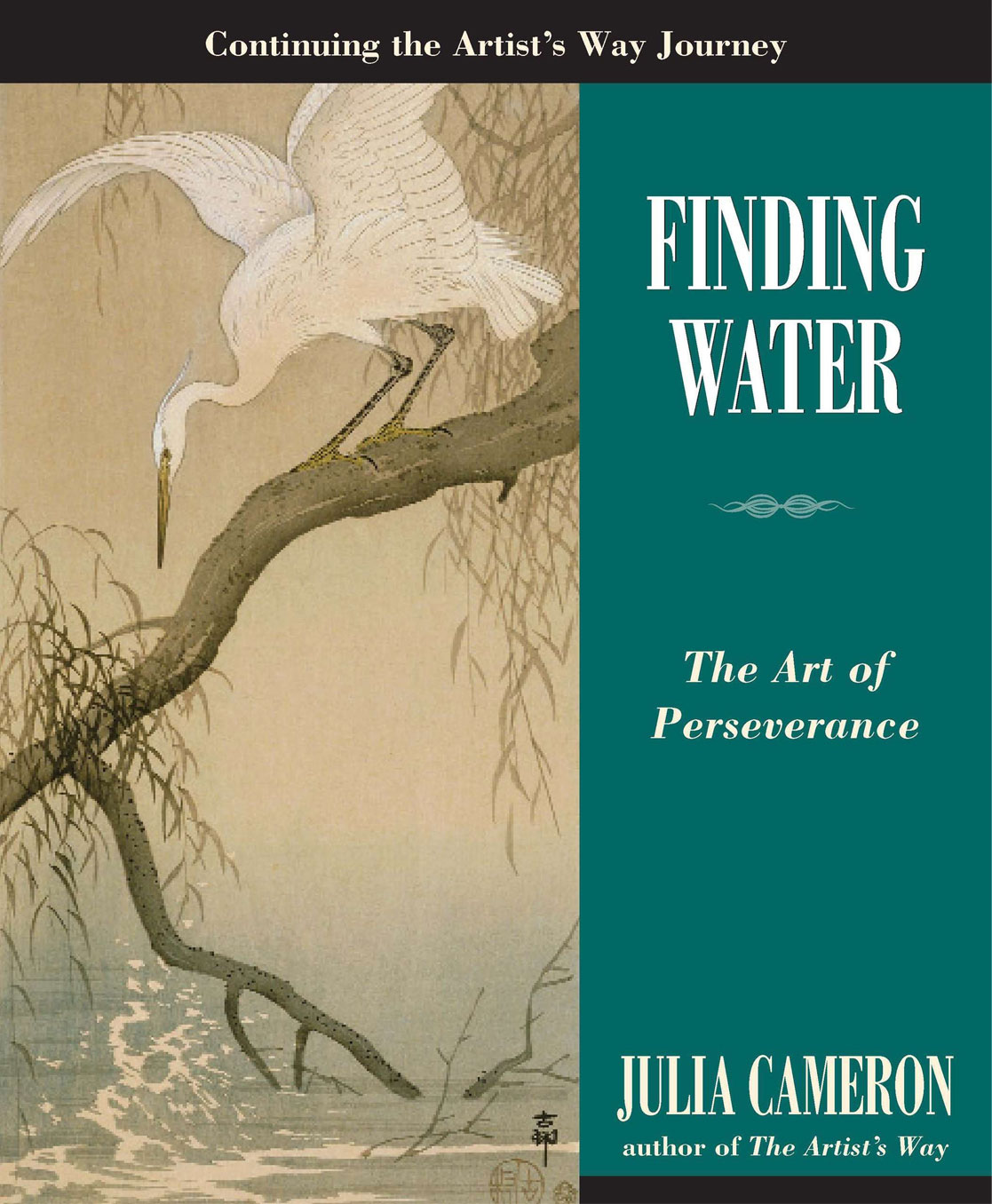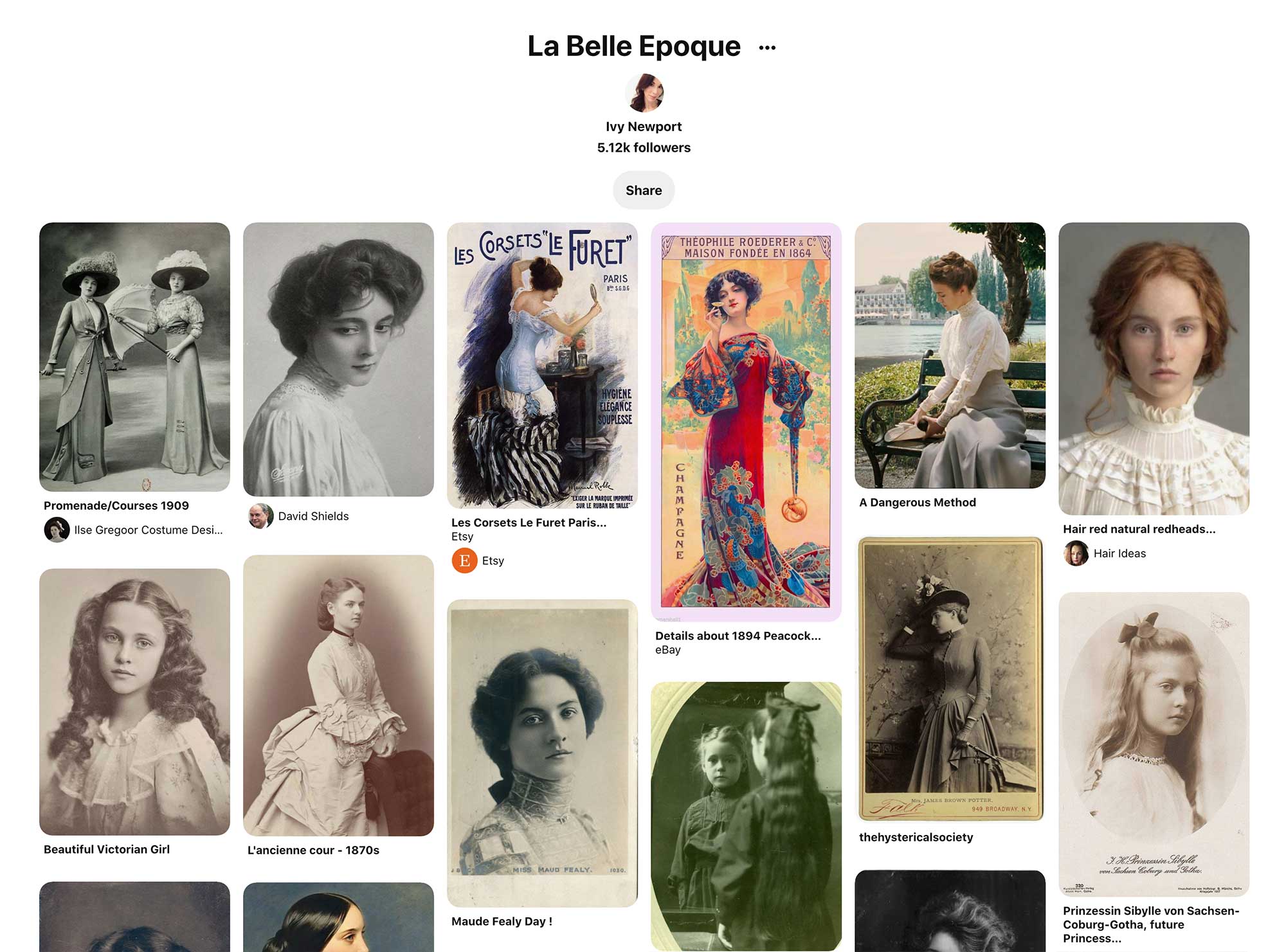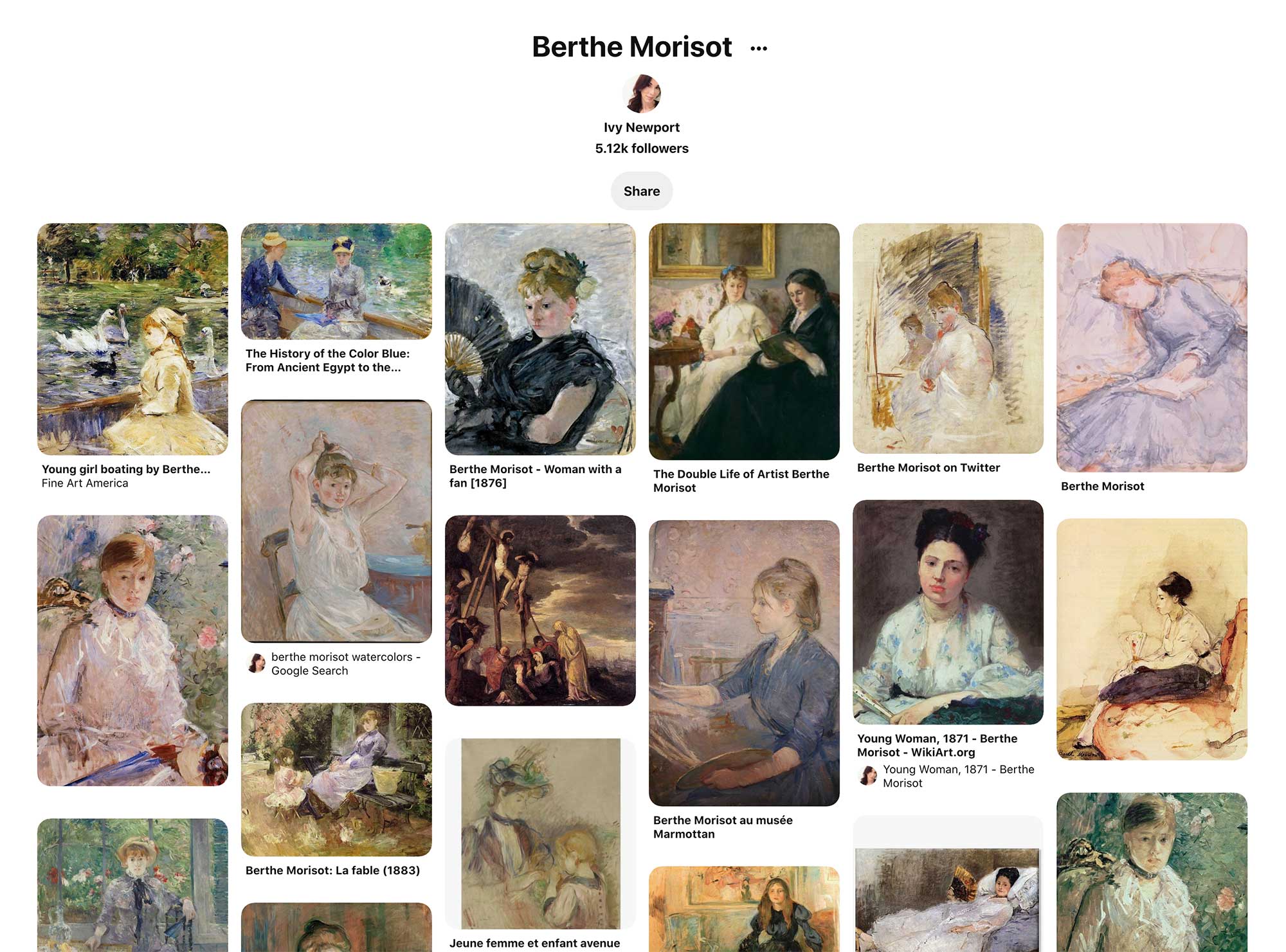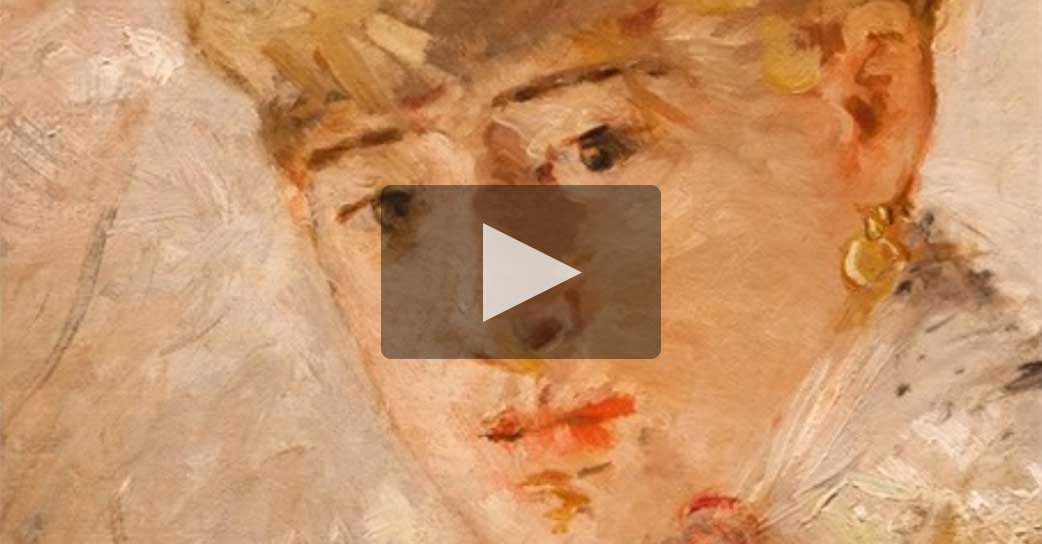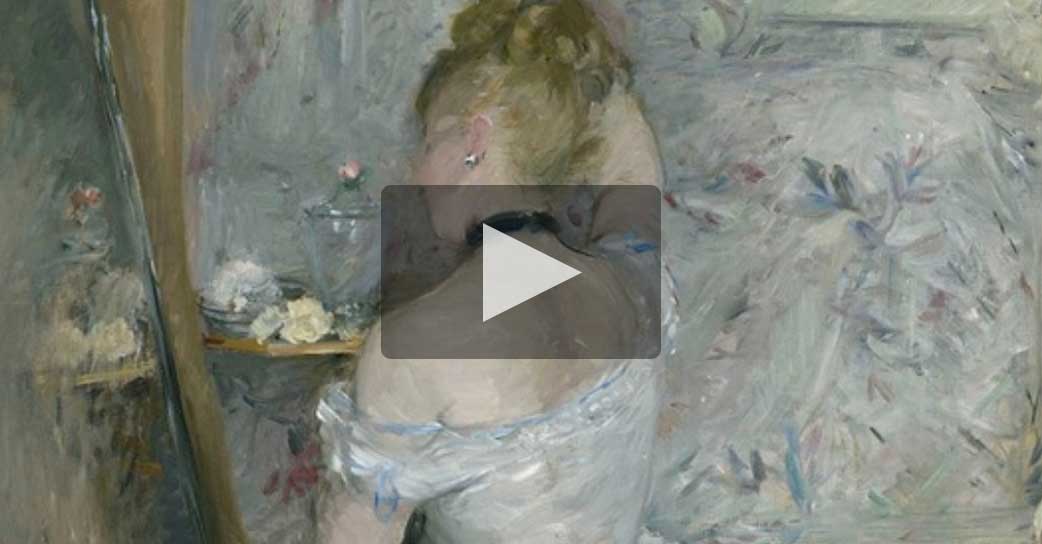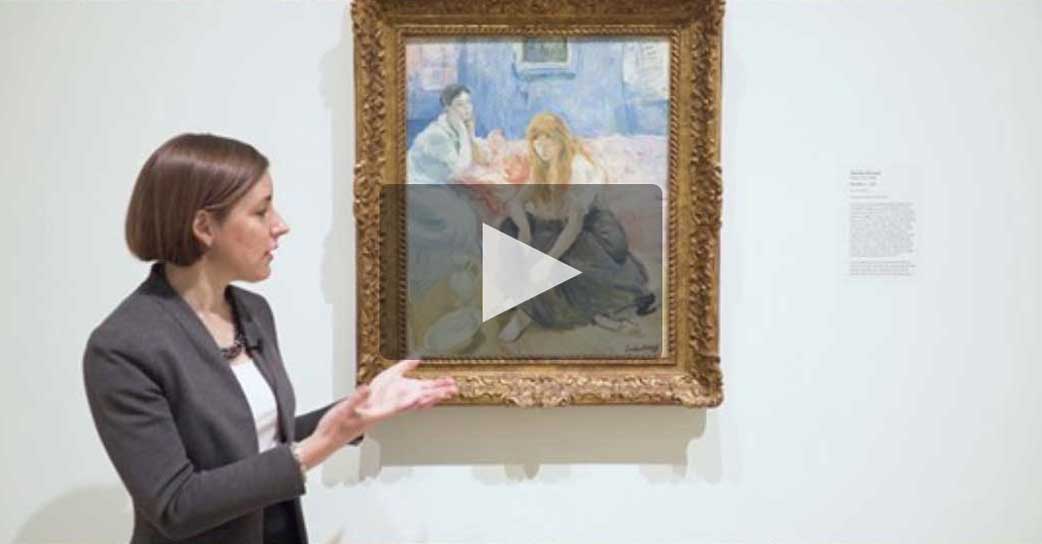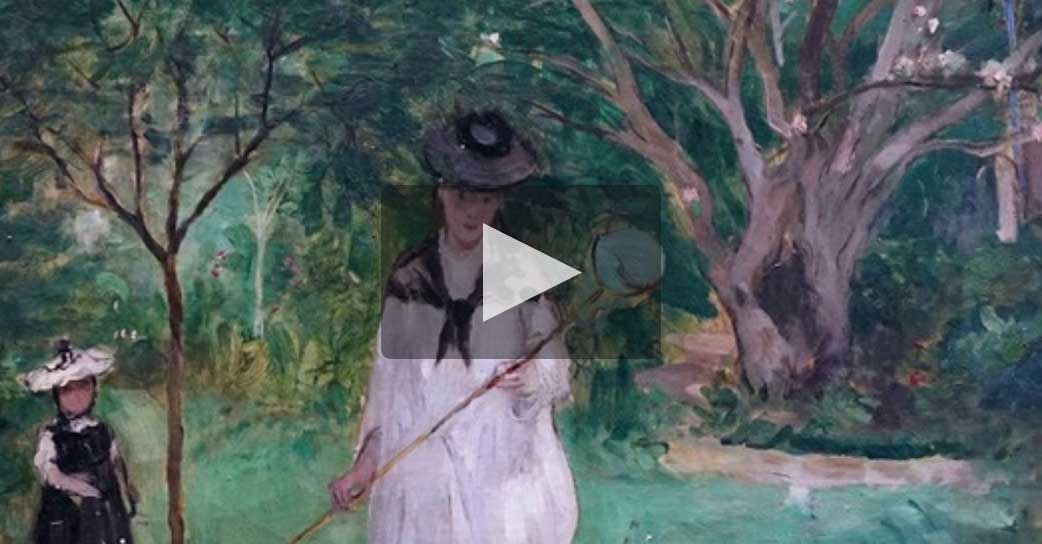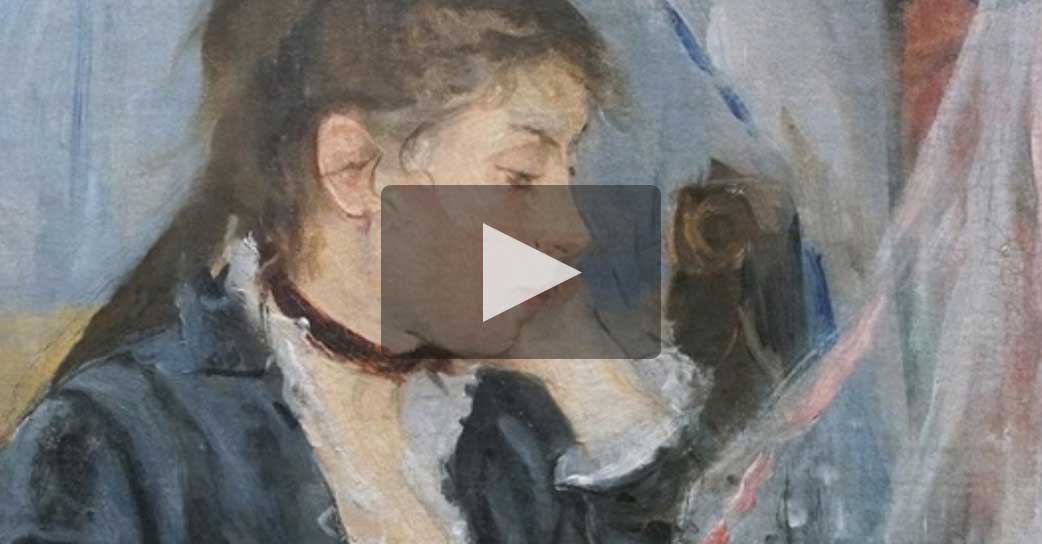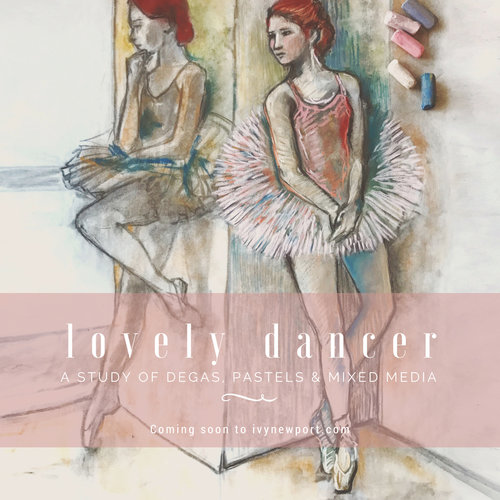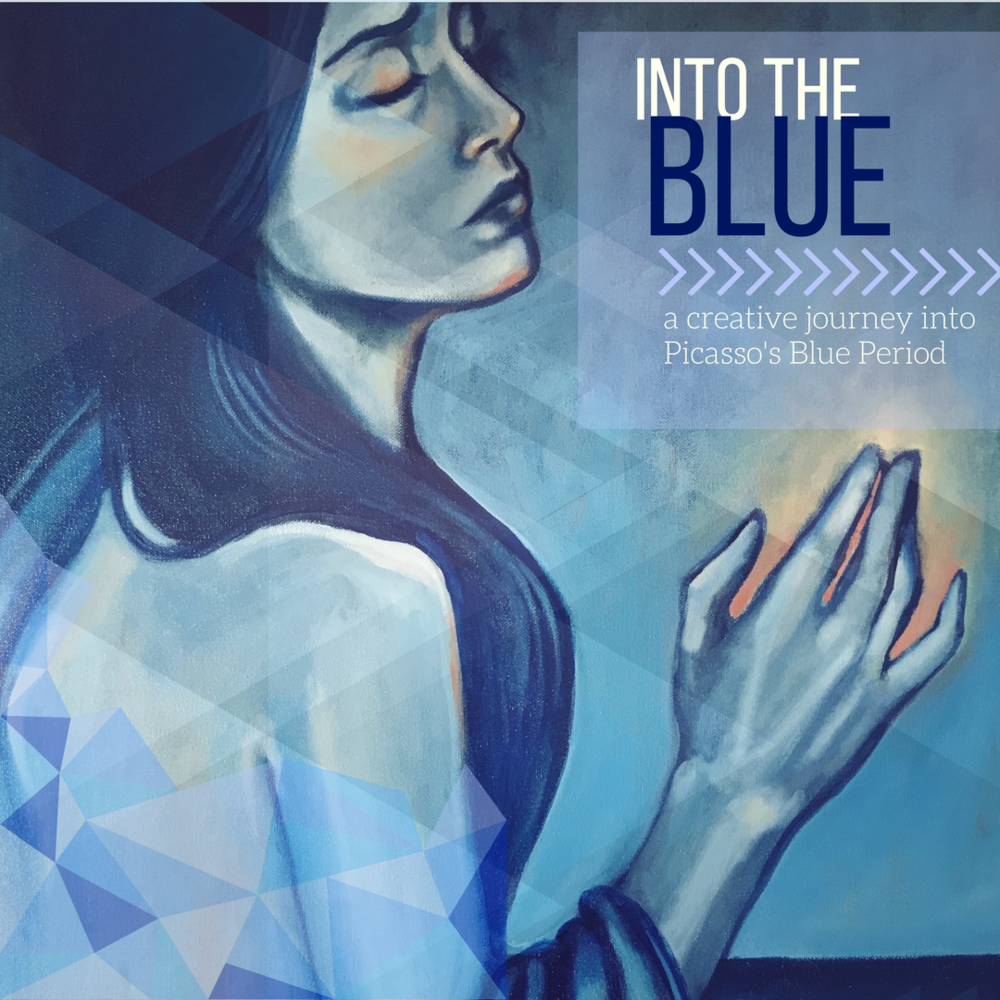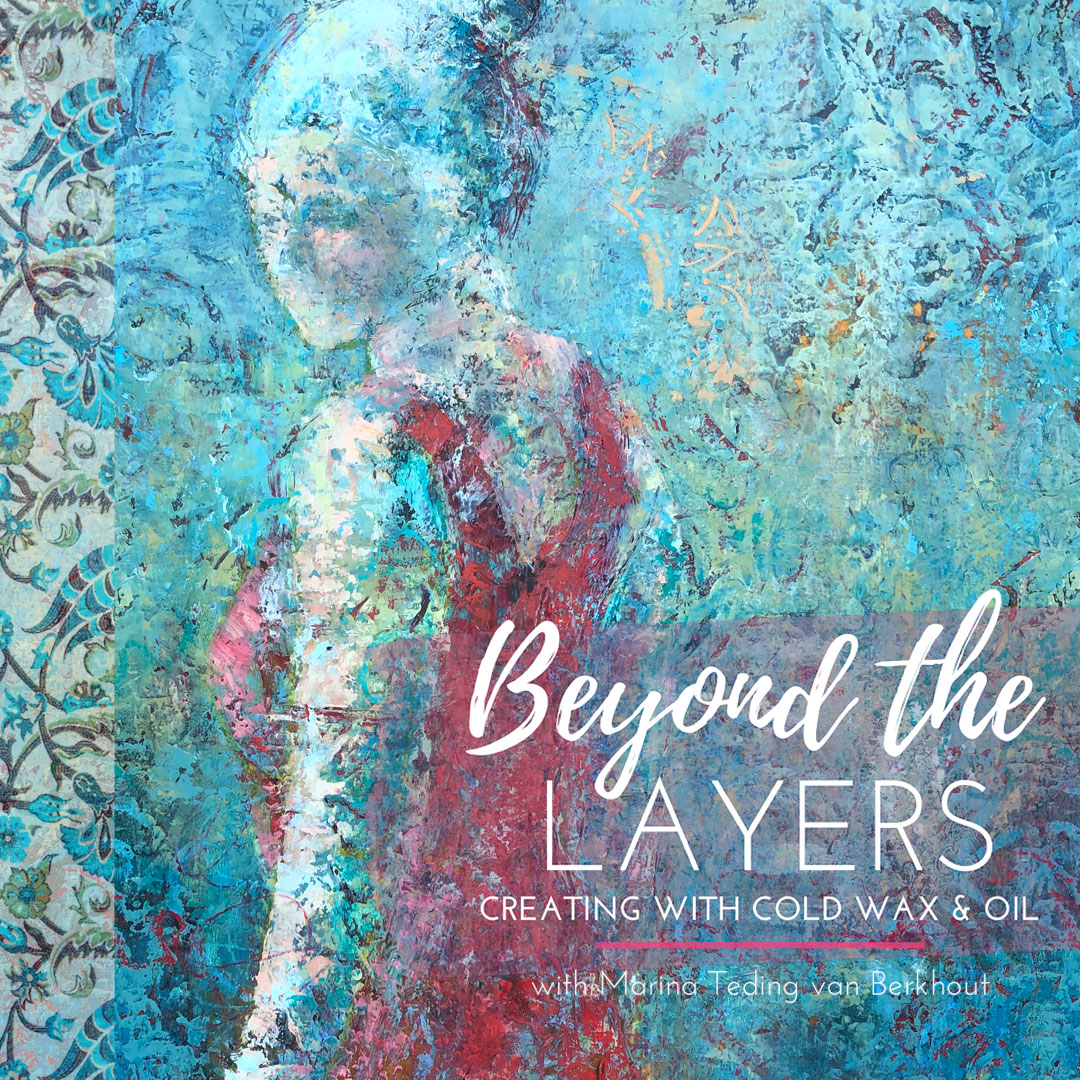IVY NEWPORT
Studioworks
Journal
a letter from ivy
Dear creative friends,
Welcome to Issue #25 of the Studioworks Journal! As always, I’m delighted you are here with me and I’m excited to share this with you. This month, I wanted to explore the importance of perseverance along the creative path. Strengthening your commitment to your art is the only way to see progression and well…it’s not easy.
To balance this rather serious topic I’ve decided to also whisk us away to Paris. Makes perfect sense right? Well…trust me with this one, I’m going to weave the two together! Come on let’s go! Allons-y!
xo,


So you may be wondering, where do I start? To that, I say, wherever feels right to you. Each month we will have a theme, a creative affirmation, a power word, a color palette, sketchbook exercises, art projects, articles, recommended reading, and access to wonderful inspiration and resources. I want you to think of this as a delicious new magazine, you know the ones you occasionally splurge on, with soft, velvety pages, beautiful images, and inspiring content!
Each issue will invite you to explore your creative practice in whichever way works for you. Experience each issue at your own pace. Take what resonates with you and put the rest aside for another time.
Grab a cup of something lovely and dive in.
MONTHLY THEME
Paris Perseveres
“Paris is always a good idea.”
– Audrey Hepburn
Ahhh.. Paris. What a glorious city! Spilling over with inspiration – history, culture, fashion, music, literature and of course more ART than you can imagine! Paris has long been thought of as an Artist’s paradise and of course, historically, it has birthed some of the world’s greatest artists and art movements! So this month, I’m virtually taking you there but not just to the location, specifically to a time in French history!
So, let us visit Paris during the period of 1880 – 1914. A time when Paris was slowly healing from the aftermath of the Franco-Prussian war. The city had been ravaged by war, political upheaval, and civil violence. This span of years was coined – La Belle Époque – which translates to “The Beautiful Epoch”.
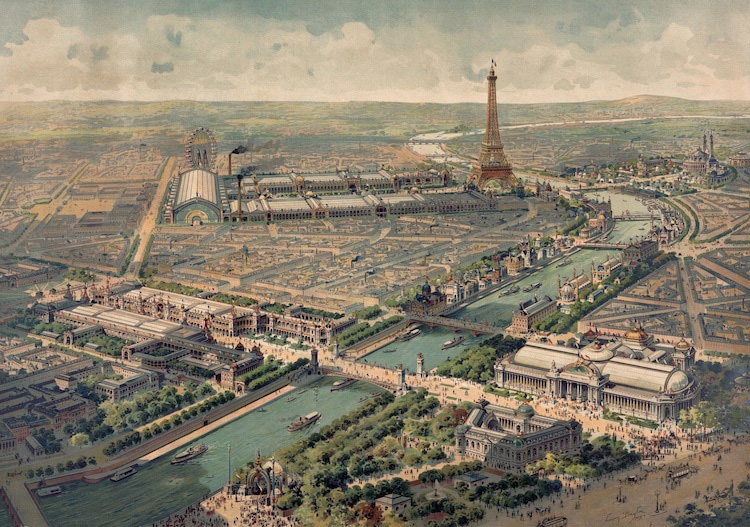
LA BELLE EPOQUE PARIS
This was a time when art, literature, architecture and music thrived after the darkness and destruction of earlier years. Although this time period was not kind to many, (mainly the lower classes), we can’t overlook that within the Fine Arts, radical and world altering developments emerged, from impressionism to cubism! This energy sprang from a synergy of creatives, a new hopeful future on the horizon and the ingenuity and perseverance of humankind!
Incredible developments soon flourished as artists, writers, poets and musicians began to gather and linger at late night cafes and clubs, newly lit and brimming with lively entertainment. We see such glimpses in the works of Toulouse Lautrec, Van Gogh, Degas and others. Writers like Charles Baudelaire, Émile Zola, Victor Hugo and Gustave Flaubert, penned new works in this re-born Paris and salon music flowed into the city from the many theatres, opera houses and dance halls that thrived in this time of new prosperity, including the infamous Moulin Rouge!
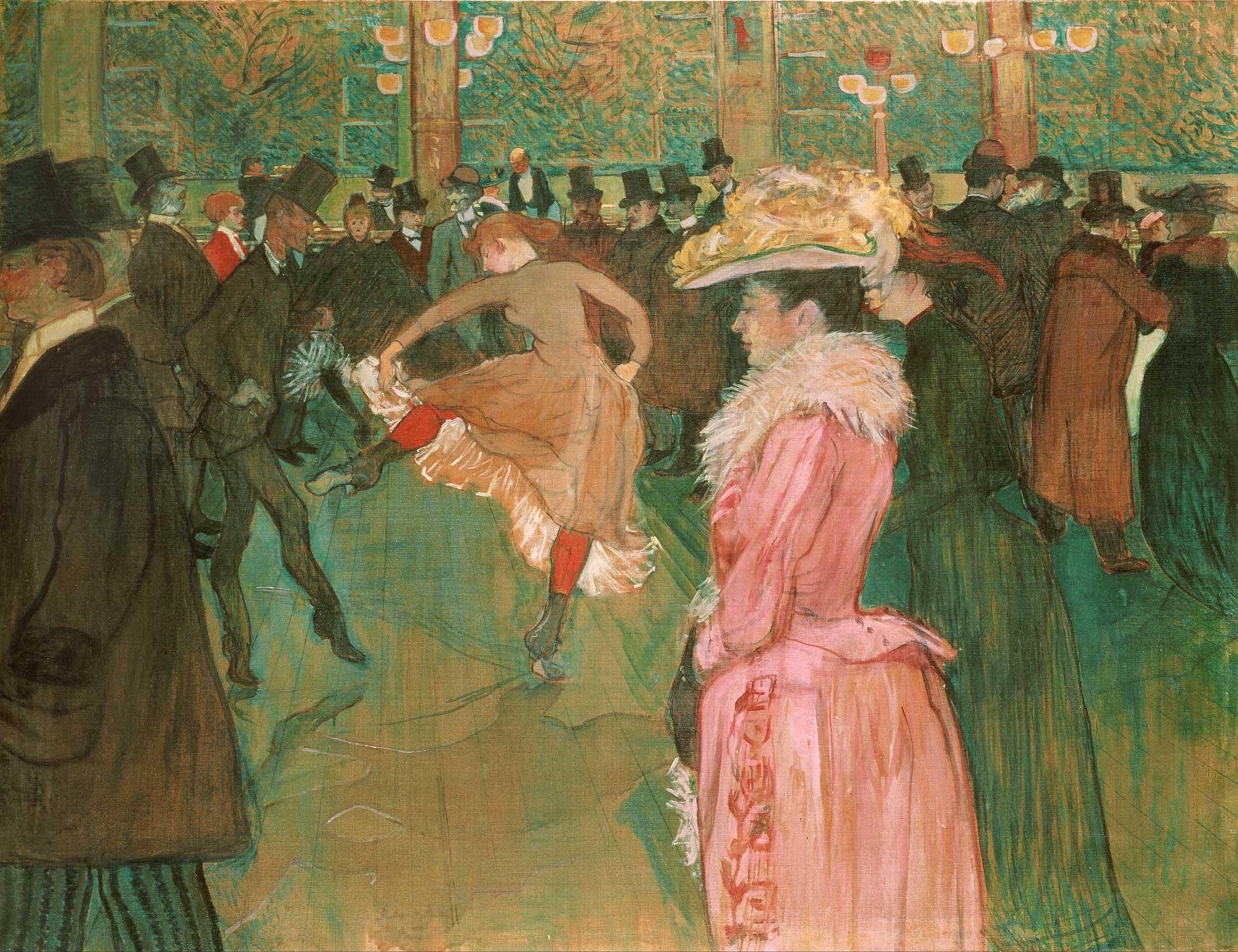
AT THE MOULIN ROUGE – 1890
TOULOUSE LAUTREC
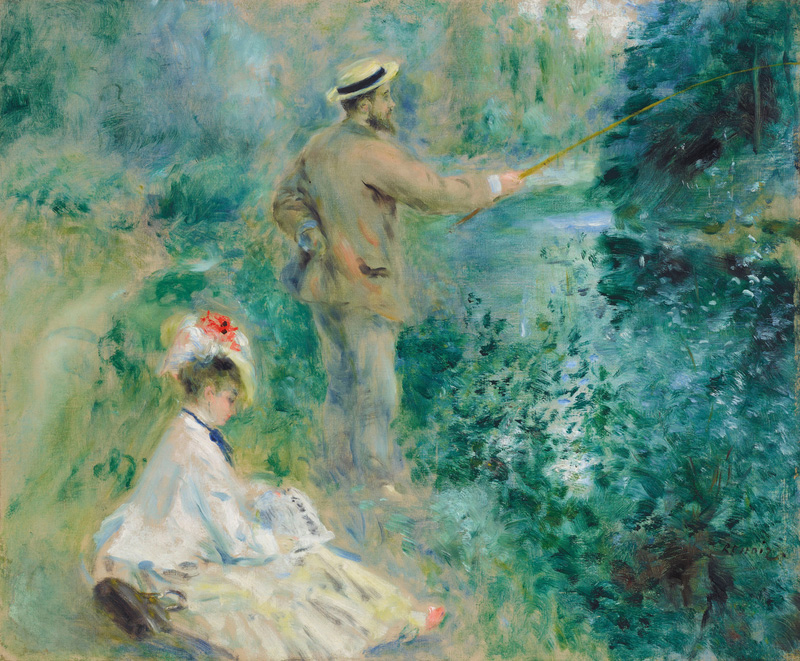
LE PÊCHEUR À LA LIGNE – 1874
PIERRE-AUGUSTE RENOIR
“An artist has no home in Europe except in Paris.”
– Friedrich Nietzsche
Artists emerged from their studios and began painting Parisian life. Spontaneous, light-filled works soon became the style. Paintings of frivolity and prosperity. High society women with their parasols and latest fashions, children playing in beautiful, newly constructed parks, landscapes with dappled light and pastel colors. As Paris celebrated its newfound abundance, its artists captured it on their canvases.
It would seem that despite the darkness and failures, Paris persevered. This mecca for creativity and her citizens picked up the pieces and imagined, inventing and innovated their way to a new way of life. To this day, Paris holds the crown for being a place that calls to the artist, no doubt due to the rich lineage of creatives who paved the way before us. These “Belle Époque” artists show us that there is always light after the darkness, that even when all seems lost – seeds of rebirth lie among the destruction.
It is no coincidence that so many artists sprang forth during this time. So many Artists, you most likely know and love come from this precise time period – let me share a brief list just a few of them – August Renoir, Vincent Van Gogh, Henri Matisee, Alphones Mucha, Henri de Toulouse-Lautrec, Paul Gaugain, Henri Rousseau, Édouard Manet, Berthe Morisot, and a young Pablo Picasso! Ooh La la – so much goddess from this span of years!
Perhaps this is why Paris resonates with so many creatives – a city that has seen so much – suffering, violence, tumultuous change, war – yet she still gives rise to the light and to the ultimate purity of beauty and love.
To me, this speaks to the nature of perseverance and of hope. Two things we need so badly right now in our world! It is also such a powerful reminder that artists play a vital role in society as beacons of light, as hearts wide open, as curious minds, as relentless seekers of inspiration!
I love how history mirrors back to us these patterns – passages of darkness always emerging into swathes of light. It is a comfort to see that pendulum swing, to know it never stills, neither frozen in despair, nor stuck in delirium but rather slowly going between two states of being. It is knowing this that can keep us moving forward, faithfully trusting. Putting one foot in front of the other. Persevering.
“A breath of Paris, preserves the soul.”
– Victor Hugo
Paris Perseveres
The Art of Perseverance
“Perseverance is failing nineteen times and succeeding the twentieth.”
– Julie Andrews
We all know that as artists, we have to have some measure of perseverance – an aspect of ourselves that is relentless about pursuing what we love. We must be willing to enter into uncharted territory, to engage in diligent practice, to endure the discomfort of failure. It is the only way to improve and grow right? Well, yes but we can strengthen that Perseverance muscle to make it a little less painful… here are a few tips that can help you on your creative journey.
1. FIND INSPIRATION FROM OTHER ARTISTS’ FAILURES AND TRIUMPHS.
Read about ANY artist’s past or present and you are sure to find events in their timeline where they suffered failures or setbacks and in that same journey you will also find growth, development and successes. Make connections with your own path. Internalize these stories to help bolster your own self confidence and sense of determination.
2. USE VISUALIZATION.
Before you go to sit down at your easel, take 10-15 mins, close your eyes and imagine the whole scenario. Imagine getting your paint and brushes ready, imagine putting down those first marks (even if you don’t know what they will look like). Imagine being centered and grounded in your body, free of doubt and easily slipping into flow. Imagine enjoying the sensations of the paint, pencil or whatever medium you will be using. Imagine being at ease when you make a mistake or the painting takes a turn. Imagine being kind and gentle with yourself as you work through the process and finally imagine how full your heart will be when you step away from creating, how much will have learned and how much you gained from making art regardless of the final outcome. These kinds of visualizations are powerful and can help you begin your creating from a calm, compassionate place.
“Whatever it is you are pursuing, whatever it is you are seeking, whatever it is you are creating, be careful not to quit too soon. ”
– Elizabeth Gilbert
3. USE A TIMER.
Instead of thinking you need all day to make art, drop the bar a bit and set a timer. Commit to working on your piece for a specific amount of time, say 45 mins. The goal is to work with full attention during that time and see what emerges. At the 45 minute mark, take a break and observe what has taken place on the canvas. Then, if you are able dip back in for another session, do so. So many of us don’t persevere with our work because we think we don’t have enough time, so why bother. Derail this thinking with the timer trick.
4. LEARN TO LOVE YOUR MISTAKES.
If you aren’t making mistakes in your art you probably aren’t making much art. Mistakes are not to be hated or feared. Learn to love your mistakes. They are the hallmarks of an active creator. They are the teachers within your work. When you make a mistake, take a minute to ponder it. Ask yourself – what just happened? Why did I do that? And most importantly, what can I learn from this?
It could be that you dropped a blotch of ink on your page because you were moving too fast. Okay, so slow down next time. OR, could be an ill-placed line in your sketch because you were being hesitant or distracted. Okay…so be confident in your mark-making and pay more attention next time. OR, the beautiful bright green you were using got muddied! Why? Oh, you had an errant bit of red paint on your brush and it dulled the color. Ok perfect, next time remember that compliments (red and green) will cancel each other out and make mud so make sure you clean that brush next time you want a pure bright green hue! See how much there is to learn from our dear mistakes!?
Remember, art is not for the faint of heart! You, dear creative, are courageous, determined and fully capable of persevering through the ups and downs of creative life. Why? Because it’s worth it and you know it!
The Art of Perseverance
Writing Prompt
We all know that we have to persevere to pursue our creative goals so let’s do some self reflection and explore this a little bit more in our journals or sketchbooks. Go ahead and ponder these questions…Don’t overthink or judge your answers.
1. What have you endured to get to the place where you are now in your creative journey?
2. Starting something new is fun and exciting but how do you deal when problems, fear or doubt arise in your artwork? How would you like to persevere?
3. What artists do I gain inspiration from when it comes to perseverance?
4. Often it is unrealistic goals that hinder our ability to persevere, do I need to let go of any unrealistic goals I have set for myself? Example – “I must learn how to draw a face perfectly by the end of the month.” OR “ I need an entire day to myself to create any decent art.” These “goals” are actually created from fear (the inner critic) and stand in the way of our progress.

“In spite of everything I shall rise again: I will take up my pencil, which I have forsaken in my great discouragement, and I will go on with my drawing.”
― Vincent van Gogh
Writing Prompt
PERSEVERING ARTIST PROMPT:
- Dedicate a little sketchbook to drawing the same thing over and over again from life. It could be a teacup, your face, your dog, anything. Only spend 5-10 minutes drawing that same thing each day. By the end of the month, look at your drawings and see the improvement.
WORD OF THE MONTH
Perseverance
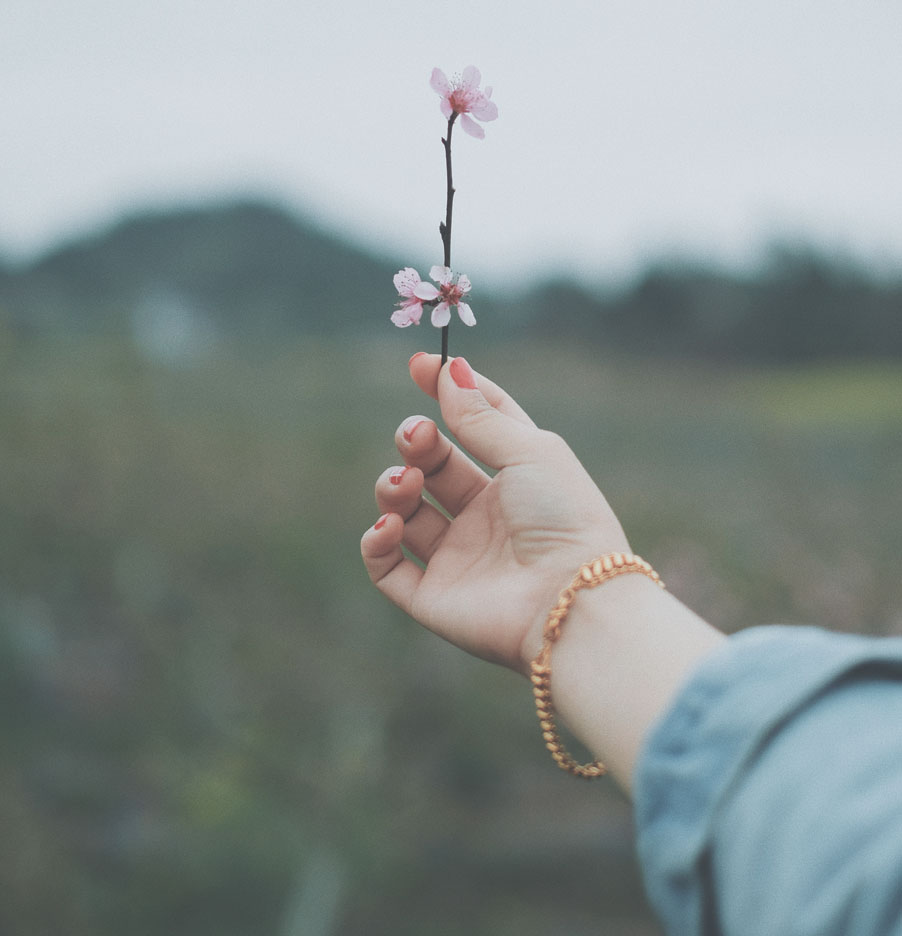
DEFINITION
Perseverance – : continued effort to do or achieve something despite difficulties, failure, or opposition : STEADFASTNESS
“A steadfast heart does not stray from the path”
– Wayne Gerard Trotman
Enhancing Self Esteem Meditation
Oftentimes, what holds us back from staying true to our path, is our lack of self esteem and pervasive self doubt. Old tapes that play in our heads from trauma or wounds can truly derail us as artists. Especially when we are the precipice of growth and breakthrough! Any work you can do on healing and enhancing your self esteem will improve your ability to be steadfast on your creative path. So try this lovely meditation now…
“Remember, you have been criticizing yourself for years, and it hasn’t worked. Try approving of yourself and see what happens.”
– Louise L. Hay

Enhancing Self Esteem Meditation
Monthly Affirmation
Each month we will have a positive affirmation. I recommend you print out this affirmation and put it in your sketchbook or somewhere in your studio. Recite the affirmation out loud each time you show up to create. Saying words aloud is powerful and can begin to re-write some of our own limiting beliefs or calm our fears. Try it now…
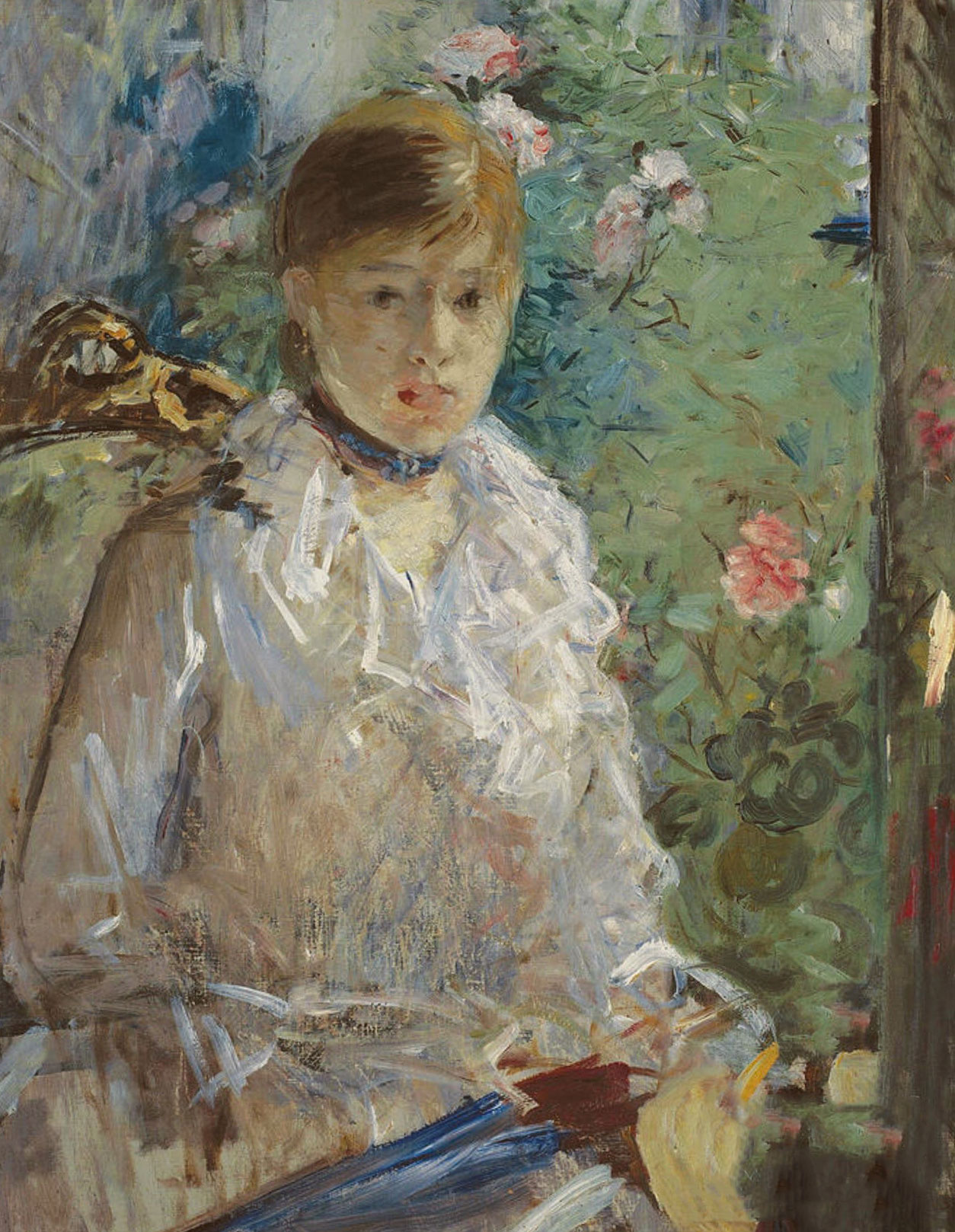
GIRL BY THE WINDOW – 1878
BERTHE MORISOT
Color Palette of the Month
This month, I couldn’t help but be inspired by our Master Artist – Berthe Morisot. Her soft palette of whites, silver gray, soft blues, greens and pinks. Ooh la la! A beautifully French palette! Feminine, graceful and so alive with shimmering light. Enjoy these soft, gentle colors.

“A love of nature is a consolation against failure.”
– Berthe Morisot
Color Palette
PERSEVERING ARTIST PROMPT:
- When you fail, look at how nature perseveres. Go out in your garden or to a nearby park. See how the roots of trees stubbornly find water, watch a bird hunt for a worm, missing 10 times but succeeded on the 11th. See how a dying plant releases its seed to be born again on the grace of the wind. As Berthe mentions in the above quote, nature can indeed comfort us when we experience setbacks.
Master Artist Guide
BERTHE MORISOT
This month, as we focus on perseverance and Paris, I didn’t have to ponder too long to pick our artist of the month. Berthe Morisot was the clear choice! Her determination was inspiring! Her path, carved by her own hand and her commitment to her art.
“Berthe was prone throughout her life to self-doubt, and she destroyed many of her works. But she never ceased to push the limits of her ability, seeking sweet spots of personal satisfaction and aesthetic power.”
While she was high born and had connections to many of the Impressionists of the time she relentlessly created and showed her work alongside her male peers, despite being denied formal training because she was a woman.
So let’s learn a little bit more about dear Berthe…
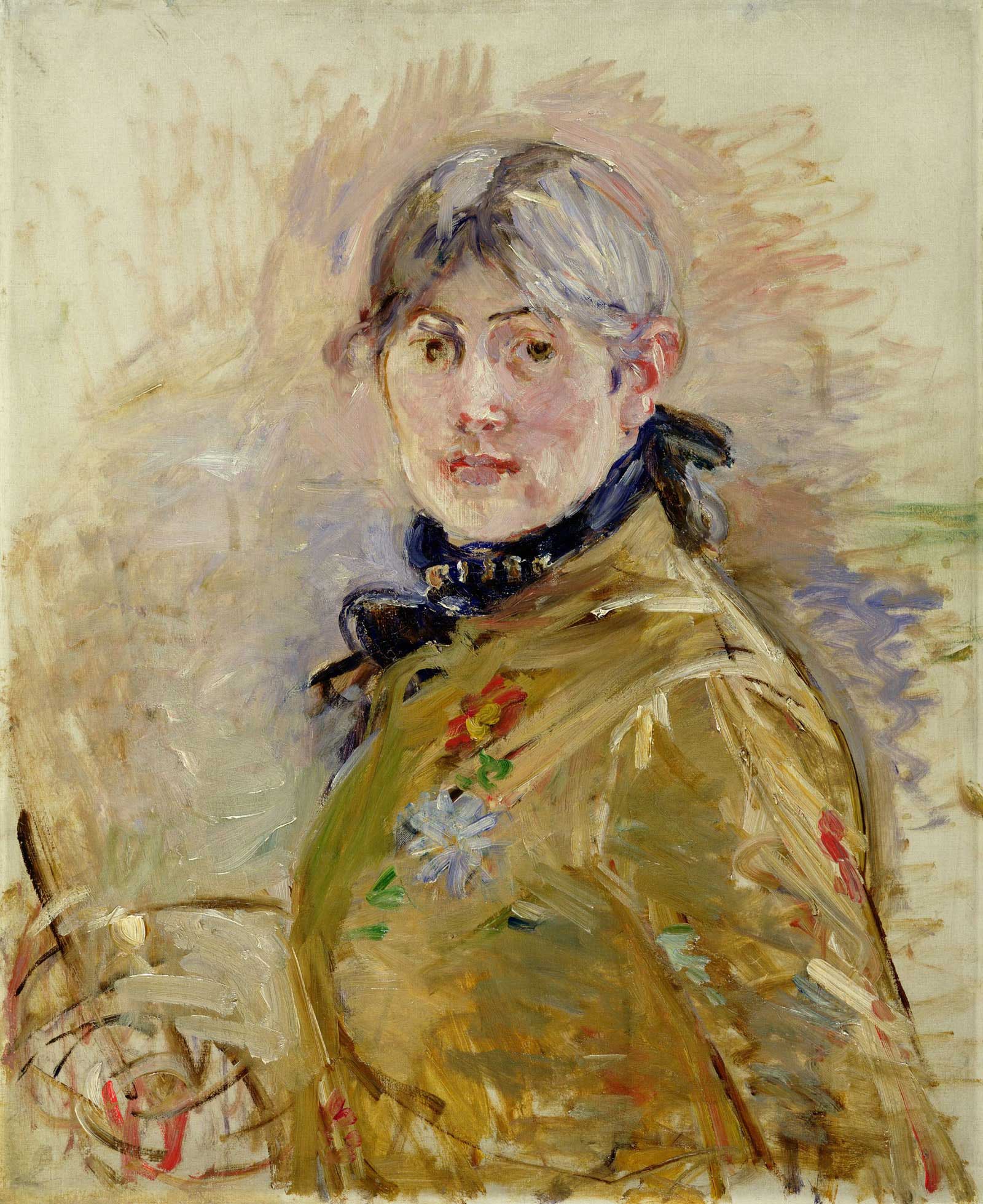
SELF PORTRAIT – 1885
“I don’t think there has ever been a man who treated a woman as an equal and that’s all I would have asked for, for I know I’m worth as much as they.”
– Berthe Morisot
OVERVIEW – Berthe Marie Pauline Morisot born January 14, 1841 in Bourges, France was a painter and a member of the circle of painters in Paris who became known as the Impressionists.
In 1864, Morisot exhibited for the first time in the highly esteemed Salon de Paris. Sponsored by the government and judged by the Academy, the Salon was the official, annual exhibition of the Académie des beaux-arts in Paris.
Her work was selected for exhibition in six subsequent Salons until, in 1874, she joined the “rejected” Impressionists in the first of their own exhibitions, which included Paul Cézanne, Edgar Degas, Claude Monet, Camille Pissarro, Pierre-Auguste Renoir and Alfred Sisley. Morisot went on to participate in all but one of the following eight impressionist exhibitions, between 1874 and 1886.
Morisot was married to Eugène Manet, the brother of her friend and colleague Édouard Manet.
She was described by Gustave Geffroy in 1894 as one of “les trois grandes dames” of Impressionism alongside Marie Bracquemond and Mary Cassatt.
Morisot died on March 2, 1895, in Paris, of pneumonia contracted while attending to her daughter Julie’s similar illness, and thus making her an orphan at the age of 16.
It is interesting to note that although Morisot created over 860 paintings, on her death certificate under profession it said NONE.
The year after her death, Morisot’s artist friends, including Degas, Renoir, Monet and Mallarme, organized the first retrospective of Morisot’s work, drawing together 380 of her paintings and paying tribute to her talent.
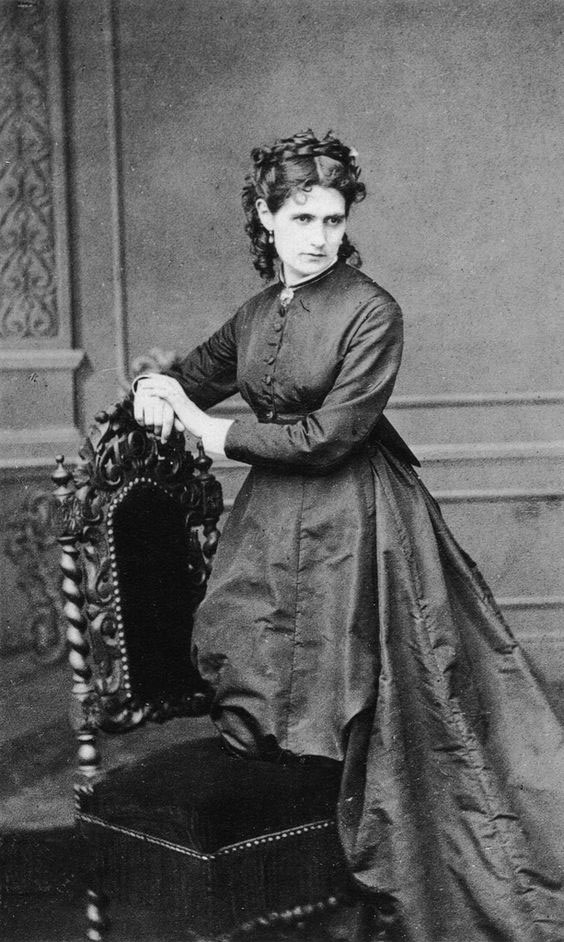
MORISOT BERTHE
“My ambition is limited to the desire to capture something transient, and yet, this ambition is excessive.”
– Berthe Morisot
EARLY LIFE
Morisot was born into an affluent bourgeois family. Her father was the senior administrator of the department of Cher. He also studied architecture at École des Beaux Arts. Her mother, was the great-niece of Jean-Honoré Fragonard, one of the most prolific Rococo painters. She had two older sisters, Yves and Edma, plus a younger brother. The family moved to Paris in 1852, when Morisot was a child.
It was commonplace for daughters of bourgeois families to receive private art education, so Berthe and her sisters initially started taking lessons so that they could each make a drawing for their father’s birthday.
In 1857 one of their art teachers, who ran a school for girls, introduced Berthe and Edma to the Louvre gallery where from 1858 they learned by copying paintings. The Morisots were not only forbidden to work at the museum unchaperoned, but they were also totally barred from formal training.
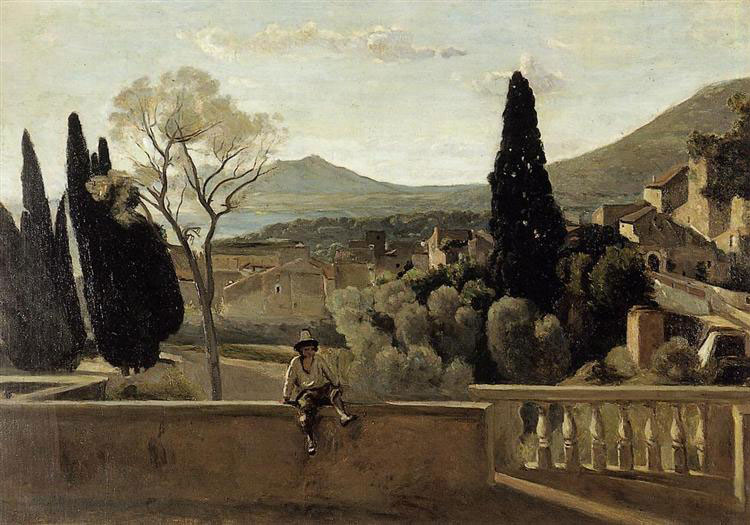
LA VUE DE TIVOLI, AFTER COROT – 1863
As art students, Berthe and Edma worked closely together until 1869, when Edma married Adolphe Pontillon, a naval officer, moved to Cherbourg, and had less time to paint. Letters between the sisters show a loving relationship, underscored by Berthe’s regret at the distance between them and Edma’s withdrawal from painting. Edma wholeheartedly supported Berthe’s continued work and their families always remained close. Edma wrote “… I am often with you in thought, dear Berthe. I’m in your studio and I like to slip away, if only for a quarter of an hour, to breathe that atmosphere that we shared for many years…”.
Her sister Yves married a tax inspector, in 1866 and was painted by Edgar Degas as Mrs Theodore Gobillard.
As a copyist at the Louvre, Morisot met and befriended other artists such as Manet and Monet. In 1861, she was introduced to Jean-Baptiste-Camille Corot, the pivotal landscape painter of the Barbizon school who also excelled in figure painting. Under Corot’s influence she took up the plein air (outdoors) method of working. In the winter of 1863–64 she studied sculpture under Aimé Millet, but none of her sculpture is known to survive.
MAIN PERIODS OF MORISOT’S WORK
TRAINING, 1857–1870
It is hard to trace the stages of Morisot’s training and to tell the exact influence of her teachers because she was never pleased with her work and she destroyed nearly all of the artworks she produced before 1869. Her first teacher, Geoffroy-Alphonse Chocarne, taught her the basics of drawing. After several months, Morisot began to take classes taught by Guichard. During this period, she drew mostly ancient classical figures. When Morisot expressed her interests in plein-air painting, Guichard sent her to follow Corot and Oudinot. Painting outdoors, she used watercolors which are easy to carry. At that time, Morisot also became interested in pastel.
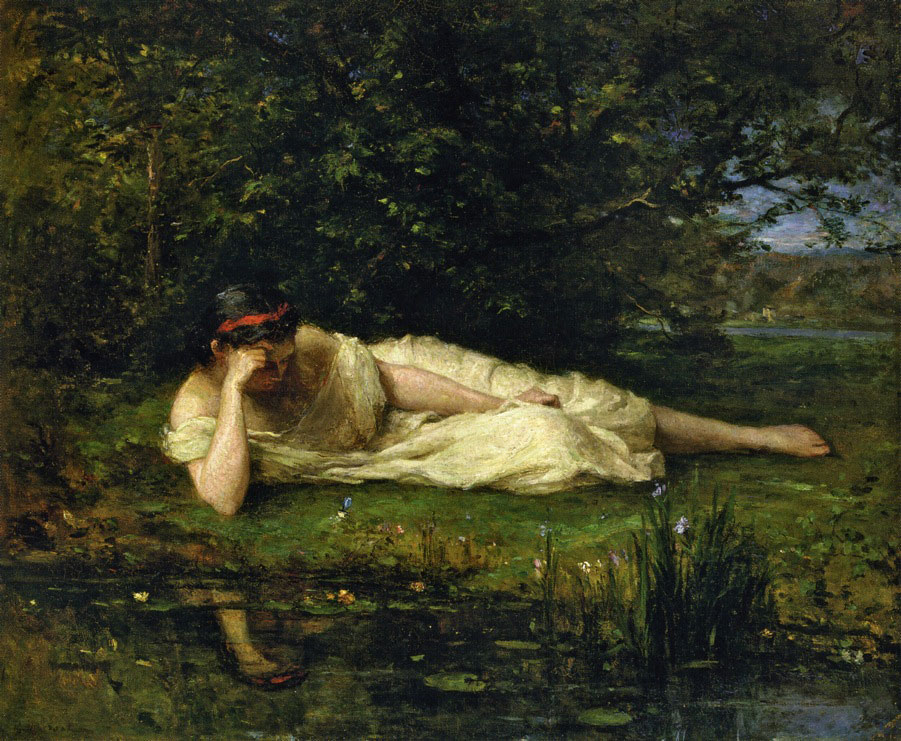
STUDY AT THE WATERS EDGE – 1864
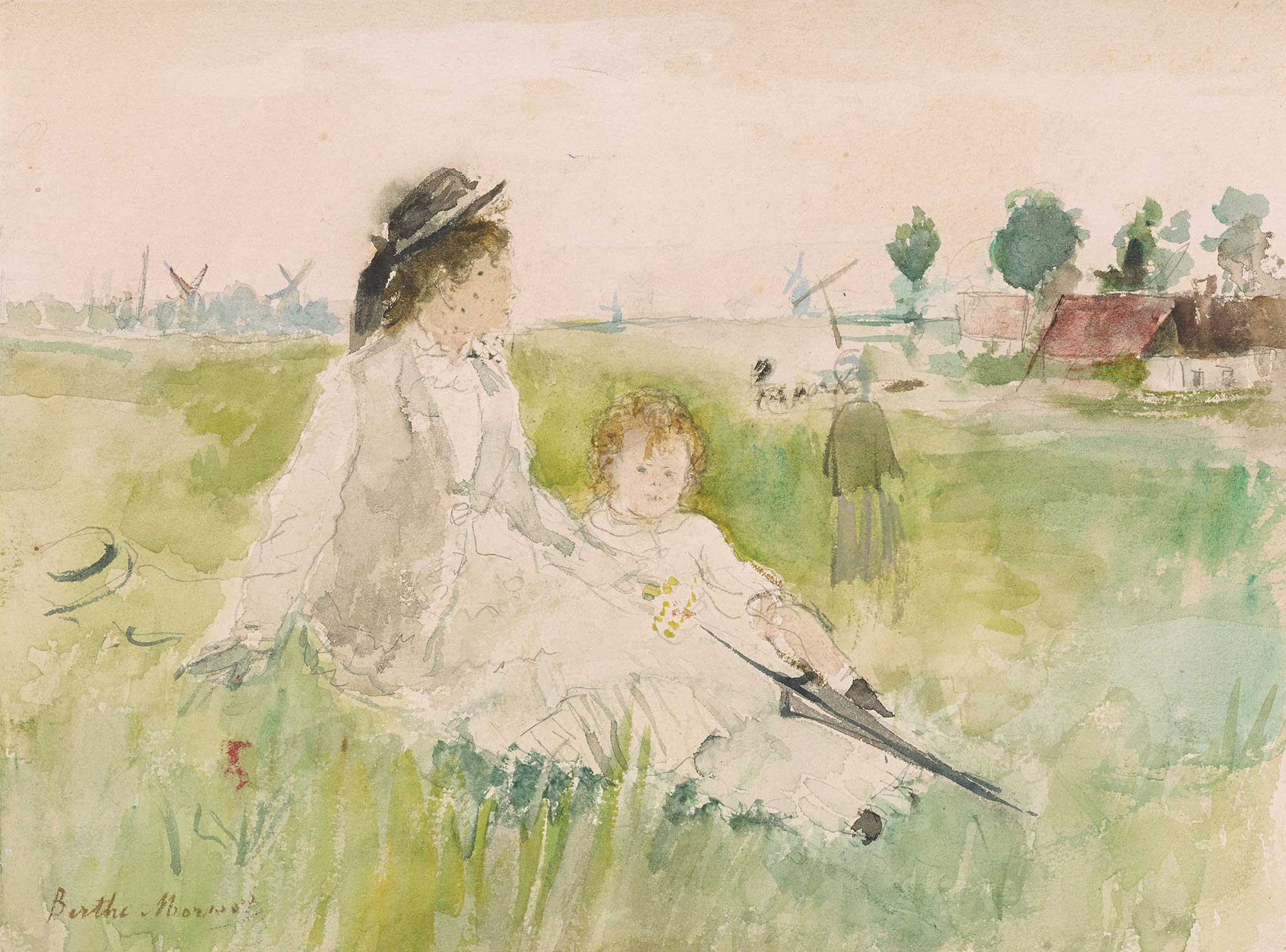
A WOMAN AND CHILD SEATED ON THE GRASS – 1875
WATERCOLORIST, 1870–1874
During this period, Morisot still found oil painting difficult, and worked mostly in watercolor. Her choice of colors is rather restrained; however, the delicate repetition of hues renders a balanced effect. Due to specific characteristics of watercolors as a medium, Morisot was able to create a translucent atmosphere and feathery touch, which contribute to the freshness in her paintings.
IMPRESSIONISM, 1875–1885
Having become more confident about oil painting, Morisot worked in oil, watercolor and pastel at the same time, as Degas did. She painted very quickly but did much sketching as preparation, so she could paint “a mouth, eyes, and a nose with a single brushstroke.” She made countless studies of her subjects, which were drawn from her life so she became quite familiar with them. When it became inconvenient to paint outdoors, the highly finished watercolors done in the preparatory stages allowed her to continue painting indoors later.
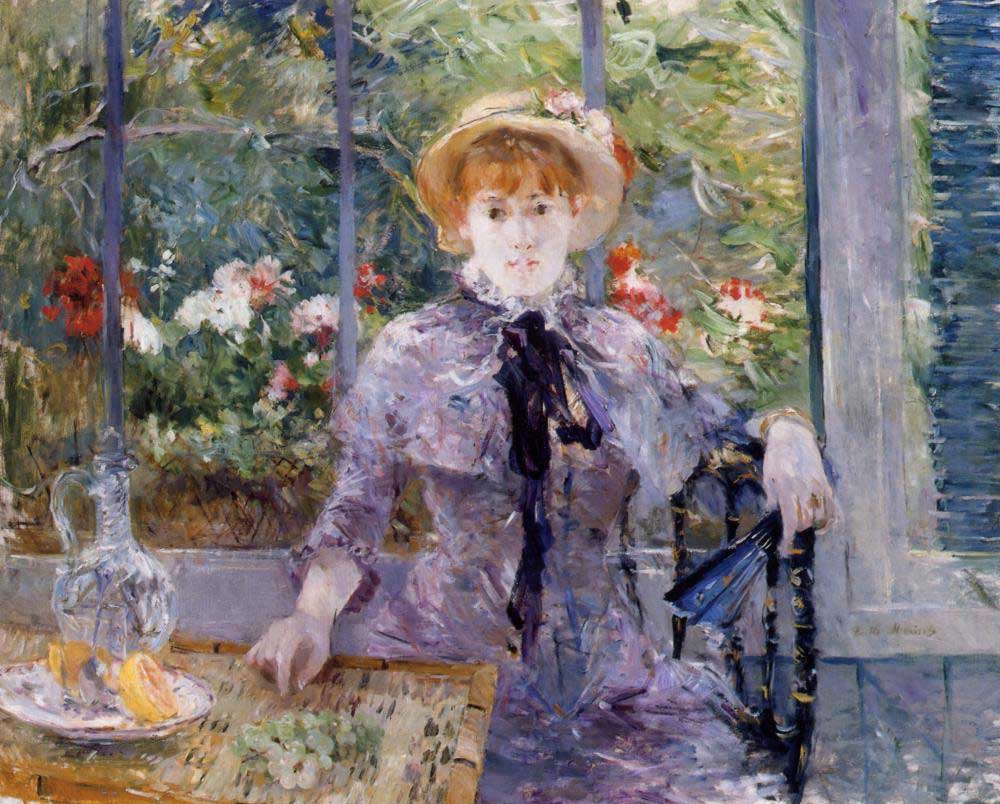
AFTER LUNCHEON – 1881
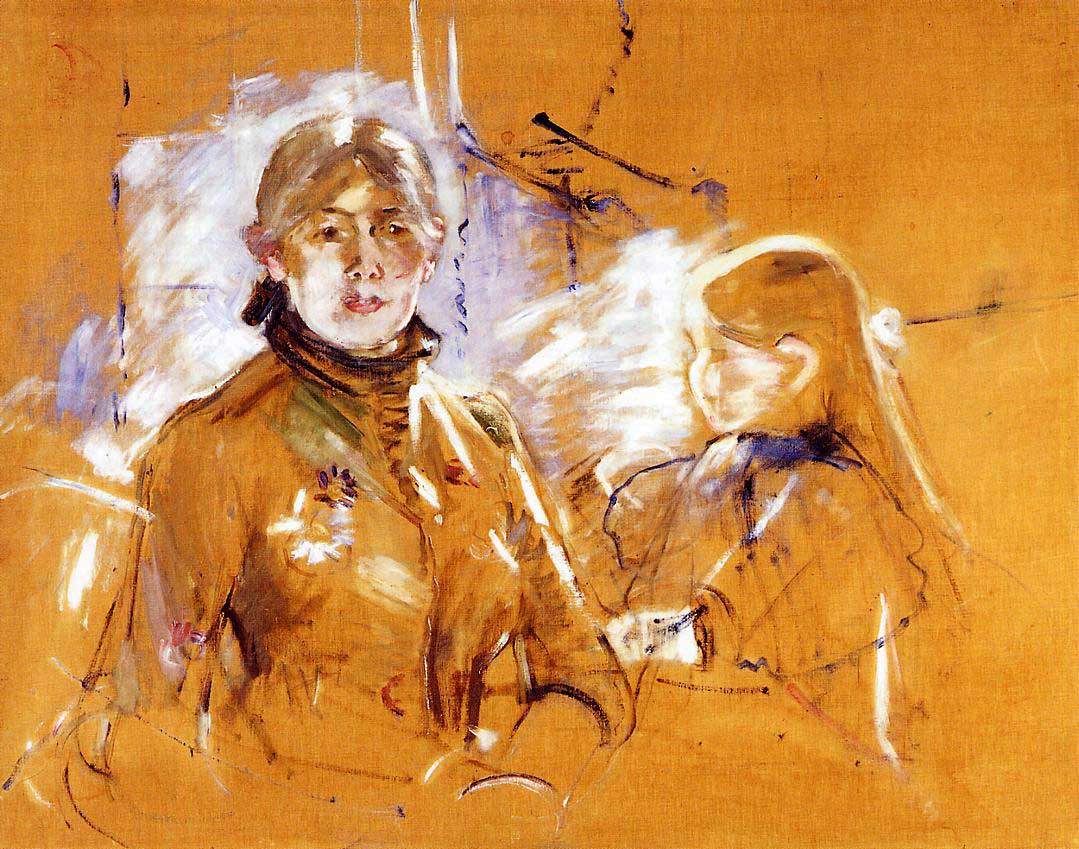
PORTRAIT OF BERTHE MORISOT AND HER DAUGHTER – 1885
TURNING, 1885–1887
After 1885, drawing began to dominate in Morisot’s works. Morisot actively experimented with charcoals and color pencils. Her reviving interest in drawing was motivated by her Impressionist friends, who are known for blurring forms. Morisot put her emphasis on the clarification of the form and lines during this period. In addition, she was influenced by photography and Japonisme – a French term that refers to the popularity and influence of Japanese art and design in western Europe. She adopted the style of placing objects away from the center of the composition from Japanese prints of the time.
SYNTHESIS, 1887–1895
Morisot started to use the technique of squaring and the medium of tracing paper to transcribe her drawing to the canvas exactly. By employing this new method, Morisot was able to create compositions with more complicated interaction between figures. She stressed the composition and the forms while her Impressionist brushstrokes still remained. Her original synthesis of the Impressionist touch with broad strokes and light reflections, and the graphic approach featured by clear lines, made her late works distinctive.
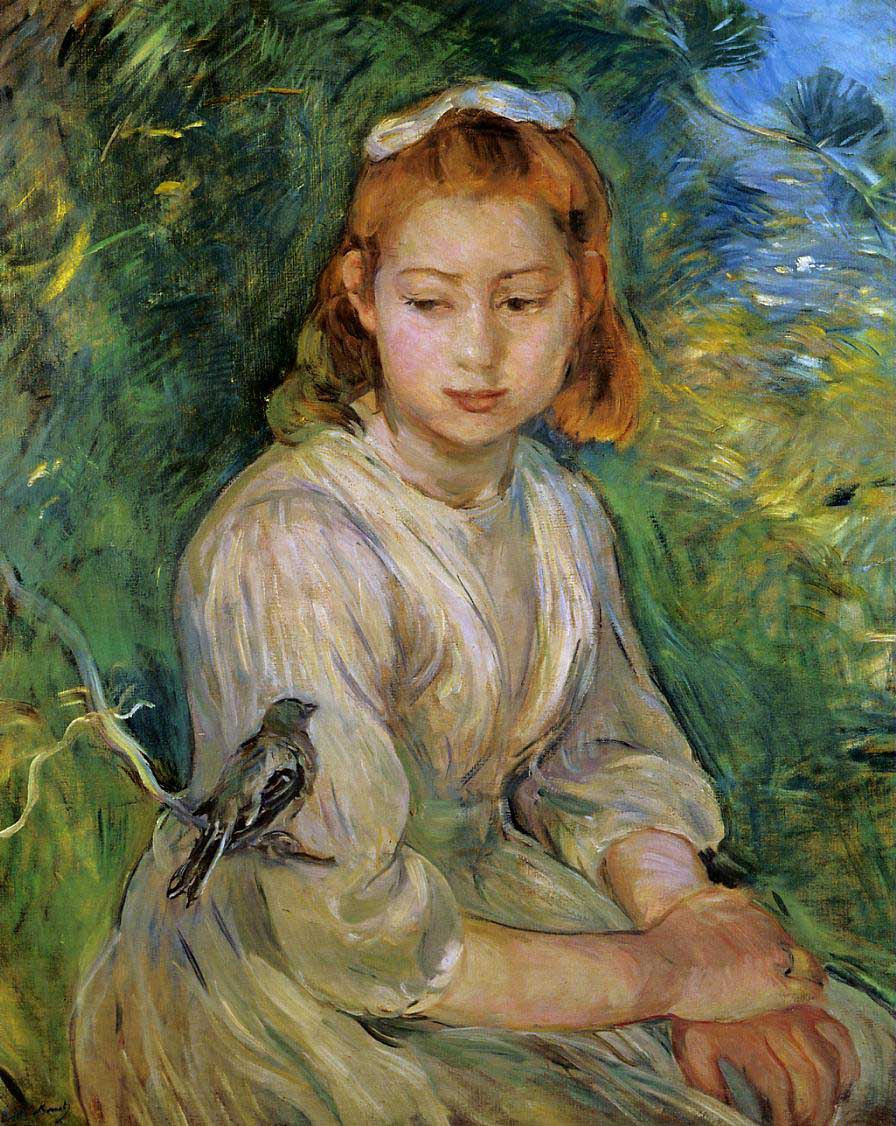
YOUNG GIRL WITH A BIRD – 1891
MORISOT & MANET
In 1868, Morisot met the effective leader of avant-garde painting in Paris, Édouard Manet. Manet famously wrote in a letter to Henri Fantin-Latour, “the [two sisters] Morisot are delightful. What a shame they aren’t men; nonetheless they might, as women, serve the cause of painting by each marrying an academicien” (men who were jurors of the French Academy). Manet and Morisot immediately became quite close, and began to provide feedback on each other’s work. Professionally however, Morisot was upset when Manet made his own additions to one of her Salon submissions more nonchalantly than Morisot desired, suggesting that Manet didn’t see the relationship as wholly reciprocal.
Nonetheless, Manet evidently respected Morisot’s opinion and work as an artist. Notably, Morisot prompted Manet to take up en plein air painting, which was a significant move in his artistic practice. Manet painted Morisot 12 times, making her his most frequent subject. He completed a particularly famous portrait of Morisot in 1872, where he depicted her wearing a black dress, with a confident, intelligent gaze.
It has been suggested that the pair were romantically involved, but couldn’t pursue a relationship as Manet was already married by the time they met. It stands to remember that Manet was quite the playboy of his time, regularly attending brothels and reportedly keeping company with many women outside of his marriage. Whether the two had a passionate affair, or Morisot was the exception to Manet’s supposed habits, is unknown. Through the letters left by Morisot we do know she cared deeply for the charismatic Manet.
In 1872, Morisot sold 22 paintings to the private dealer Durand-Ruel, marking the start of her career as an established artist. Through her connection with Manet, Morisot was drawn into his circle of painters who were later known as the Impressionists. Manet himself refused to leave his more traditional art career and encouraged Morisot not to join the avant garde group. However, Morisot didn’t take his advice and her work was included in the first-ever exhibition of Impressionist painting in 1874, pointing to her importance within the growing movement.
Morisot’s skill at gauging public taste is suggested by the fact that her work remained popular throughout her lifetime and she often outsold many of her contemporaries, including Edgar Degas (who was a frequent visitor at her family home, and is thought to compete with Manet for her attention), Claude Monet, and Alfred Sisley. However, she was unrelentingly critical of herself and her own work. In a letter to Claude Monet, for example, she accused herself of “becoming a bronchial old lady…engaged in a war with my canvases. Do not depend on me to cover much wall space. I am not doing anything worthwhile despite my desire to do it.”
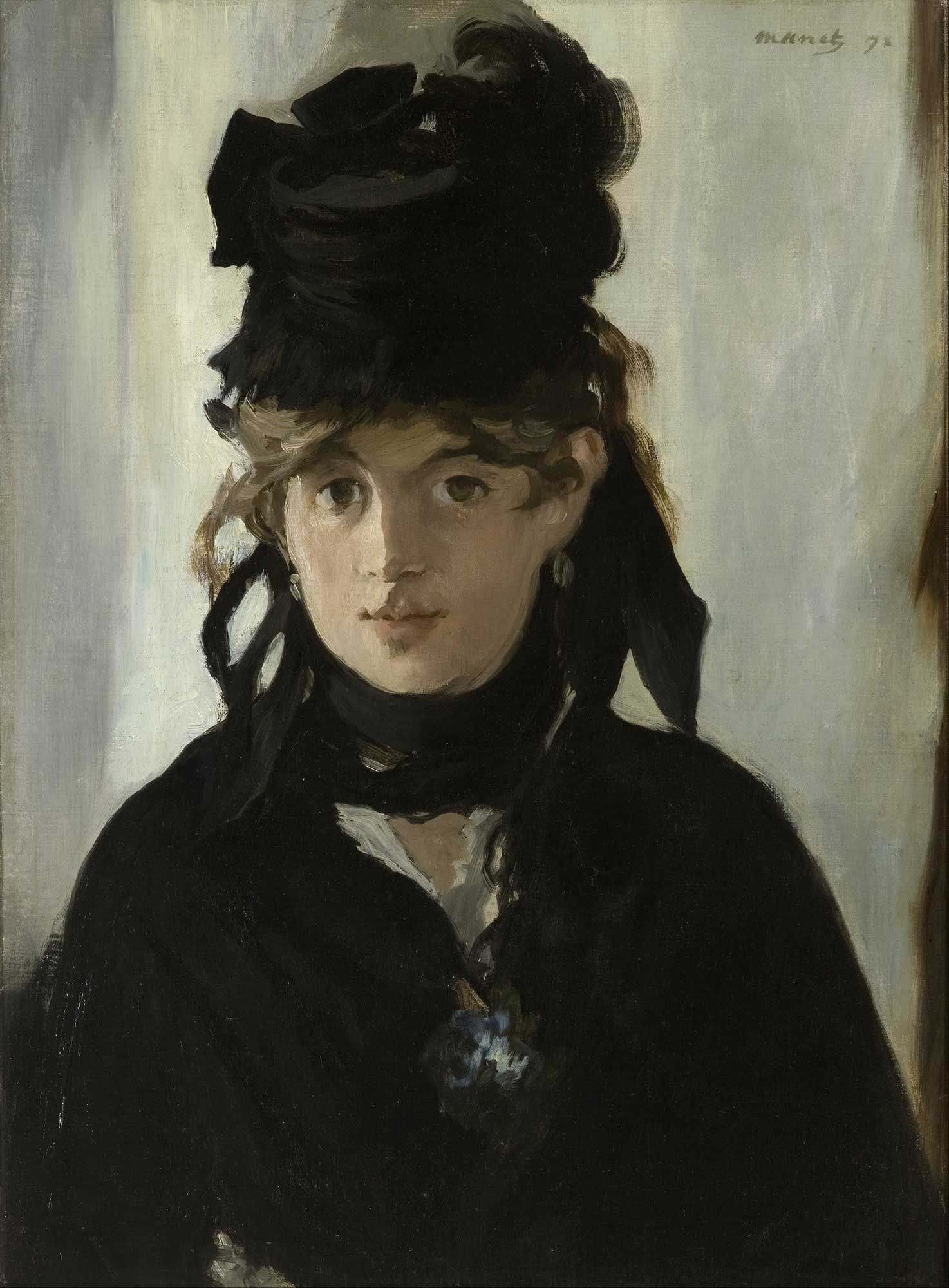
BERTHE MORISOT WITH A BOUQUET OF VIOLETS – 1872
EDOUARD MANET
STYLE AND TECHNIQUE
Being a female artist, Morisot’s paintings were often labeled as being full of “feminine charm” by male critics, for their elegance and lightness. In 1890, Morisot wrote in a notebook about her struggles to be taken seriously as an artist: “I don’t think there has ever been a man who treated a woman as an equal and that’s all I would have asked for, for I know I’m worth as much as they.”
In her early life, Morisot painted in the open air as other Impressionists to look for truths in observation. Around 1880 she began painting on unprimed canvases—a technique Manet and Eva Gonzalès also experimented with at the time—and her brushwork became looser.
In 1888–89, her brushstrokes transitioned from short, rapid strokes to long, sinuous ones that define form. The outer edges of her paintings were often left unfinished, allowing the canvas to show through and increasing the sense of spontaneity.
After 1885, she worked mostly from preliminary drawings before beginning her oil paintings. She also worked in oil paint, watercolors, and pastel simultaneously, and sketched using various drawing media. Morisot’s works are almost always small in scale.
Morisot creates a sense of space and depth through the use of color. Although her color palette was somewhat limited, her fellow impressionists regarded her as a “virtuoso colorist”. She typically made extensive use of white to create a sense of transparency, whether used as a pure white or mixed with other colors.
In her large painting, The Cherry Tree, colors are more vivid but are still used to emphasize form. Inspired by Manet’s drawings, she kept the use of color to the minimum when constructing a motif. Responding to the experiments conducted by Manet and Edgar Degas, Morisot used barely tinted whites to harmonize the paintings. Like Degas, she played with three media simultaneously in one painting: watercolor, pastel, and oil paints. In the second half of her career, she learned from Renoir by mimicking his motifs. She also shared an interest in keeping a balance between the density of figures and the atmospheric traits of light with Renoir in her later works.
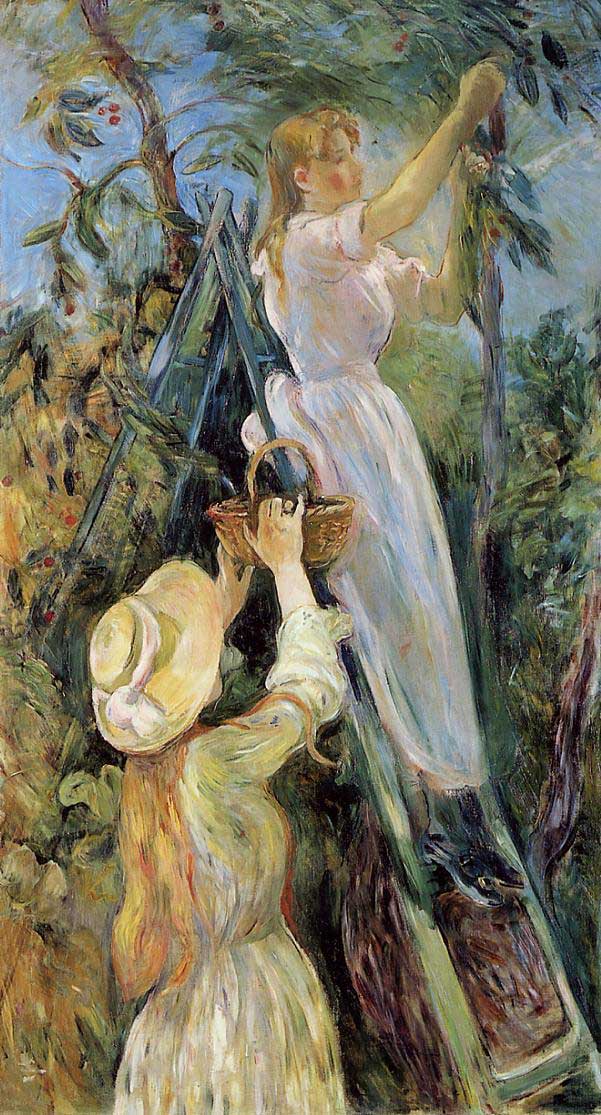
THE CHERRY PICKER – 1891
HER LEGACY
Throughout her career, Berthe Morisot had to fight against preconceptions of women and their role. She was highly unusual in her decision to be an artist as well as a wife and mother, but many people inevitably saw her primarily in her traditionally female roles. Therefore, until recently it has been assumed that Manet was the “master” and Morisot the “student” in their relationship, but it is certainly arguable that they influenced each other in different ways.
Although she has been forgotten in some corners, Morisot was an important figure in the founding of Impressionism as a movement; she participated in their first exhibition and was a key artistic and social figure within their circle. Morisot was also a strong encouraging influence on other female Impressionist painters living in Paris at the time, such as Mary Cassatt and Eva Gonzalès.
“I will achieve being an artist only by perseverance, and by openly asserting my determination to emancipate myself.”
– Berthe Morisot
ENJOY THIS SLIDESHOW OF SOME OF HER WORK…
Here’s a Pinterest board full of her work to inspire you!
MUST SEE MORISOT RESOURCES
See her work up CLOSE – (zoom in to see brushwork!)
Master Artist Guide
Paris in Bloom
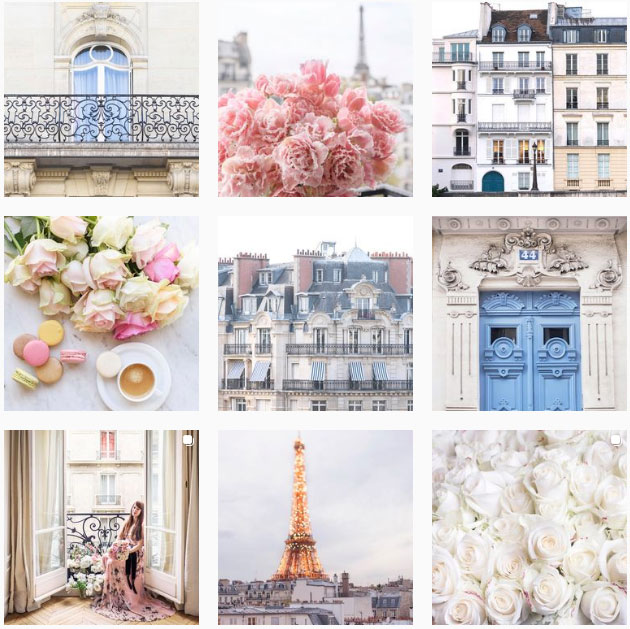
My lovely friend and incredible photographer, Georgianna Lane captures the most exquisite images of Paris, so I asked her if I could share some of her amazing work with you guys this month. I know the topic of Perseverance can be a bit heavy so balancing it with the beauty of dear Paris makes it a bit more tolerable don’t you agree?
So, mon amie, take a stroll with me through Paris…
GRAB HER STUNNING PHOTOGRAPHY BOOKS
MORE ABOUT GEORGIANNA
Georgianna Lane is a widely published author and photographer known for her romantic, light-infused images of flowers, gardens and iconic travel destinations. Her books include the bestselling Paris in Bloom, New York in Bloom, London in Bloom, Vintage Roses (shortlisted for 2016 Book Photographer of the Year), Peonies (a London Sunday Times 2018 Book of the Year) and Dahlias.
Her images are regularly published internationally in books, magazines, calendars, home decor and other lifestyle products. Publishing clients and licensing partners include Abrams Books, Pavilion Books, Random House, HarperCollins, American Greetings, Papyrus/Recycled Greetings, Graphique de France, Hoffman Media and Storey Publishing.
Other publications featuring her work include The New Yorker, Country Living, House Beautiful, National Geographic Traveler, ArtNEWS, Victoria, Garden Design, Garden Gate, The English Garden, Horticulture, Flower magazine, BBC Gardens Illustrated, Britain, Romantic Homes, Nikon Owner, Gardener’s World, Artful Blogging, Somerset Life and Mingle.
She is the co-founder and Director of GardenPhotoWorld.com, a specialist horticultural stock photo library of over 30,000 garden and plant images. In addition to her extensive image collection at Garden Photo World, her work is represented by premiere photo agencies worldwide.
Her successful lifestyle brand offers fine art prints, greeting cards, custom stationery items, journals, calendars and gallery wrapped canvases through her online shops and international retailers.
Furthering her stated artistic mission to uplift and inspire, her online journal chronicles her photographic assignments and the floral beauty and architectural inspiration discovered in her travels.
When not traveling on assignment, she divides her time between Paris and a wooded property in the Pacific Northwest that she has had certified as a wildlife habitat. There, she and her husband, fellow photographer David C. Phillips, practice organic gardening, growing many of the beautiful flowers featured in her floral images.
Sketchbook Explorations
EXPLORATION 1
La Belle Epoque inspired
Create a sketch, little painting or collage in your sketchbook dedicated to this era in France. Let yourself be inspired by the gorgeous fashion, art and music that came from this time.
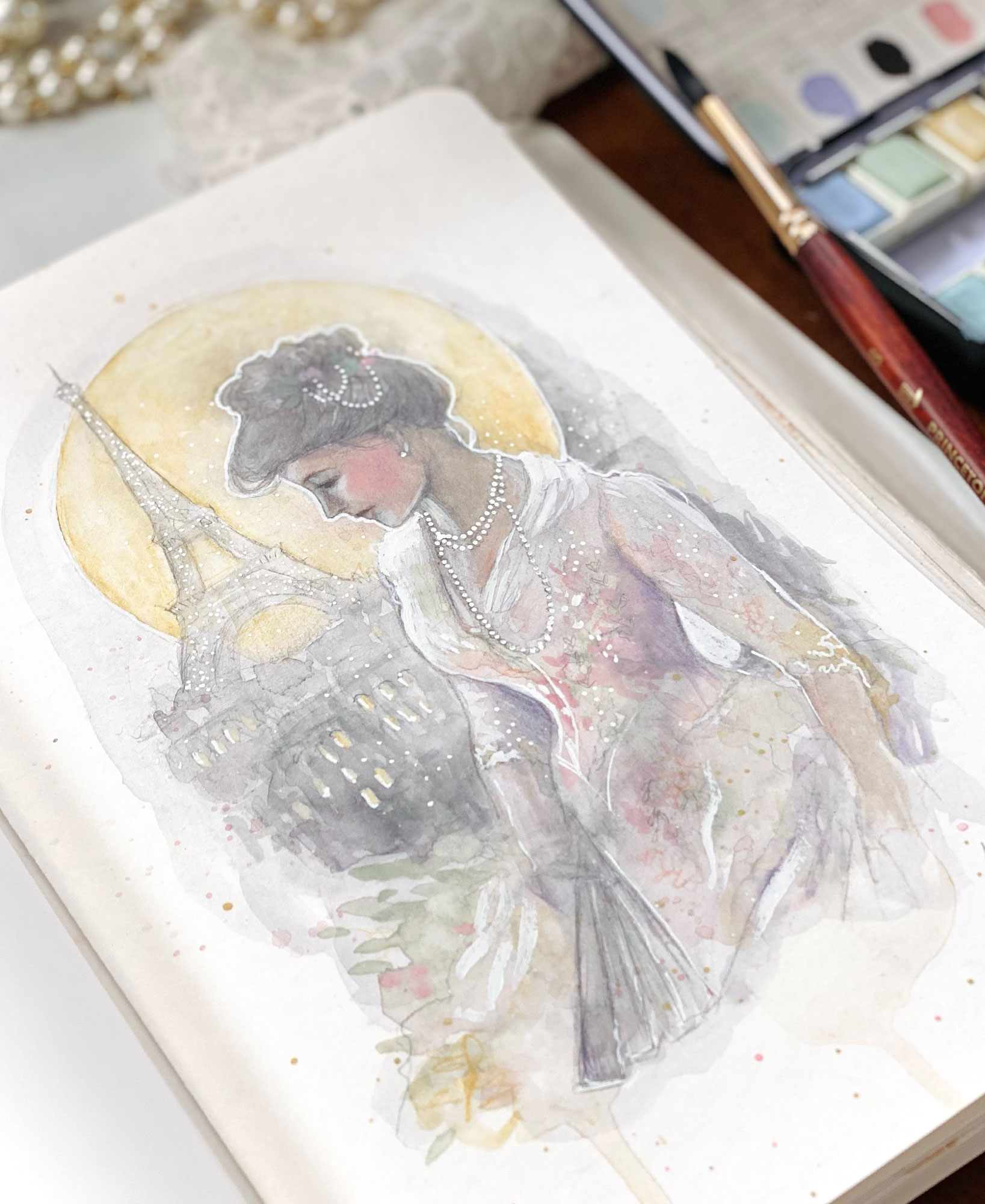
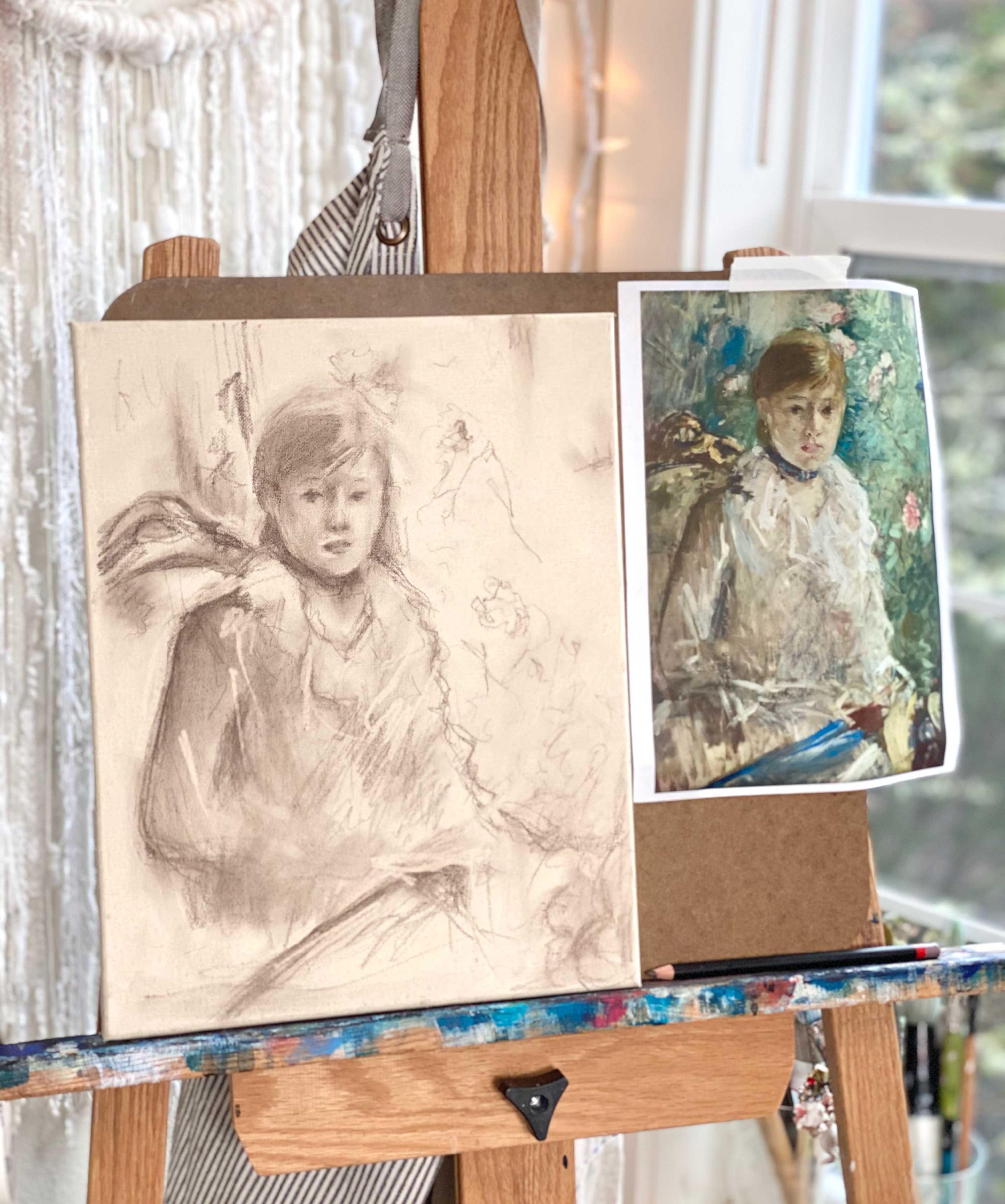
EXPLORATION 2
Berthe Morisot Study
Choose a Morisot painting you adore and do a study of it. Remember what is important is that you explore her colors, brushwork and style not to make a perfect reproduction. So have fun with this! Do as many as you like…she has SO many works to choose from!
EXPLORATION 3
Mix it Up
Berthe Morisot was quite the mixed media artist! She loved combining graphite, watercolor, pastel and oils – often all in the one painting. So pull out whatever combo you want to explore and play with it. Create in soft pastel colors just like dear Berthe. In our monthly video lesson, you will watch as I create a mixed media portrait using pastel and watercolor!
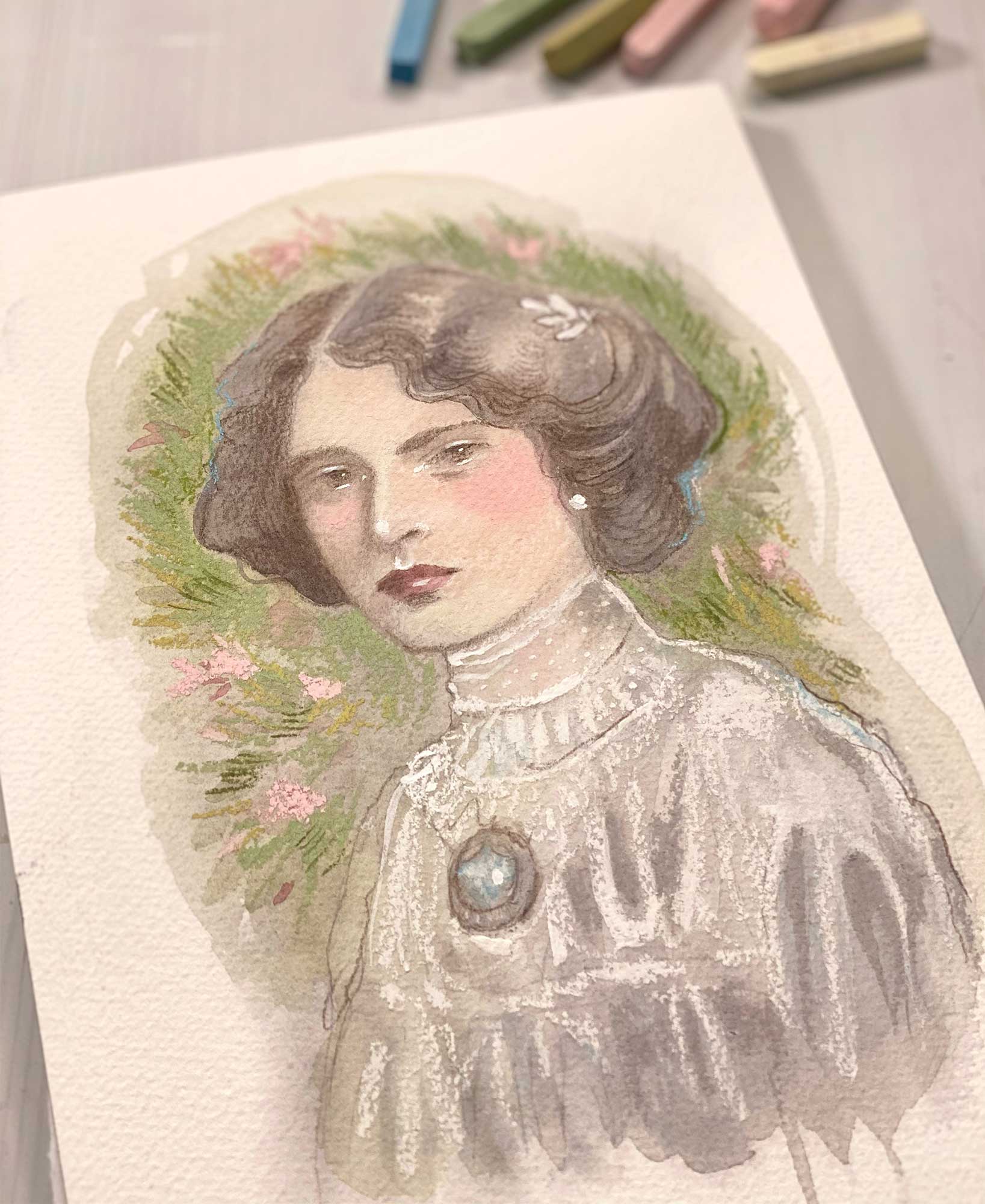
JANUARY ART PROJECT
Mixed Media Morisot
By Ivy Newport
I’m so excited to share my process of working with Berthe Morisot as my inspiration! I absolutely loved how Berthe was a true mixed media artist who enjoyed working with watercolors, pastels and oils, sometimes all on the same painting!
As a mixed media artist myself, I found this exciting and I wanted to pull out my watercolors and pastels and see what I could create! I was very influenced by the aesthetic of The Belle Epoch and her soft, feminine colors!
STUDIOWORKS
Community Corner
I’m excited to share some lovely contributions from our vibrant community.
Dreaming of an enchanting evening
BY: TAMARA MULKEY
Here is a lovely French-inspired piece by Tamara Mulkey.
This piece is inspired by my love for the costumes of the French court. Here we have two young ladies daydreaming while waiting to be dressed in their gowns before the ball.
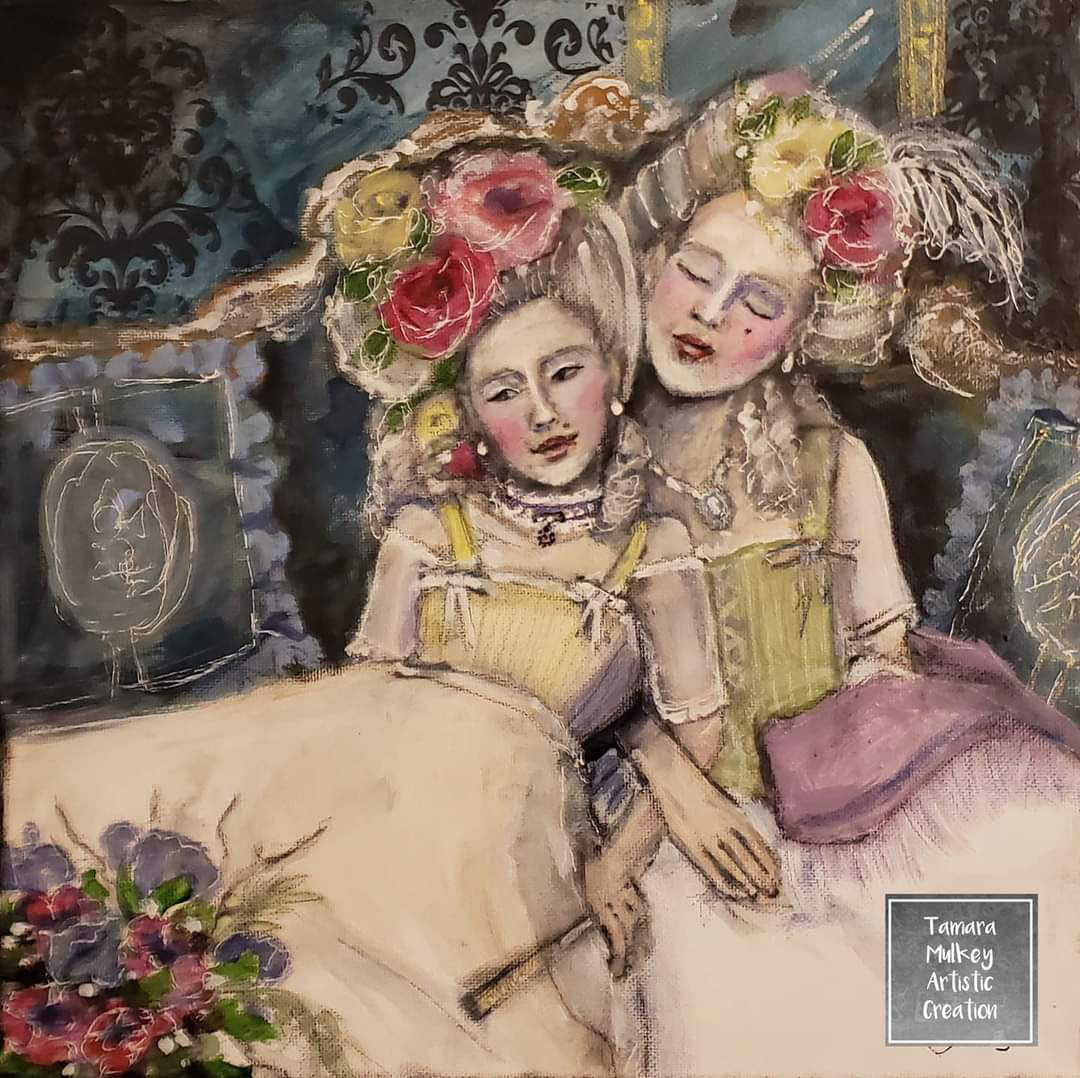
Rainy Night in Paris
BY: SHIRLEY REESE
Here is another Paris inspired piece by Shirley Reese.
Paris is known as the City of Lights, my goal was to capture the night lights and beauty of Paris.
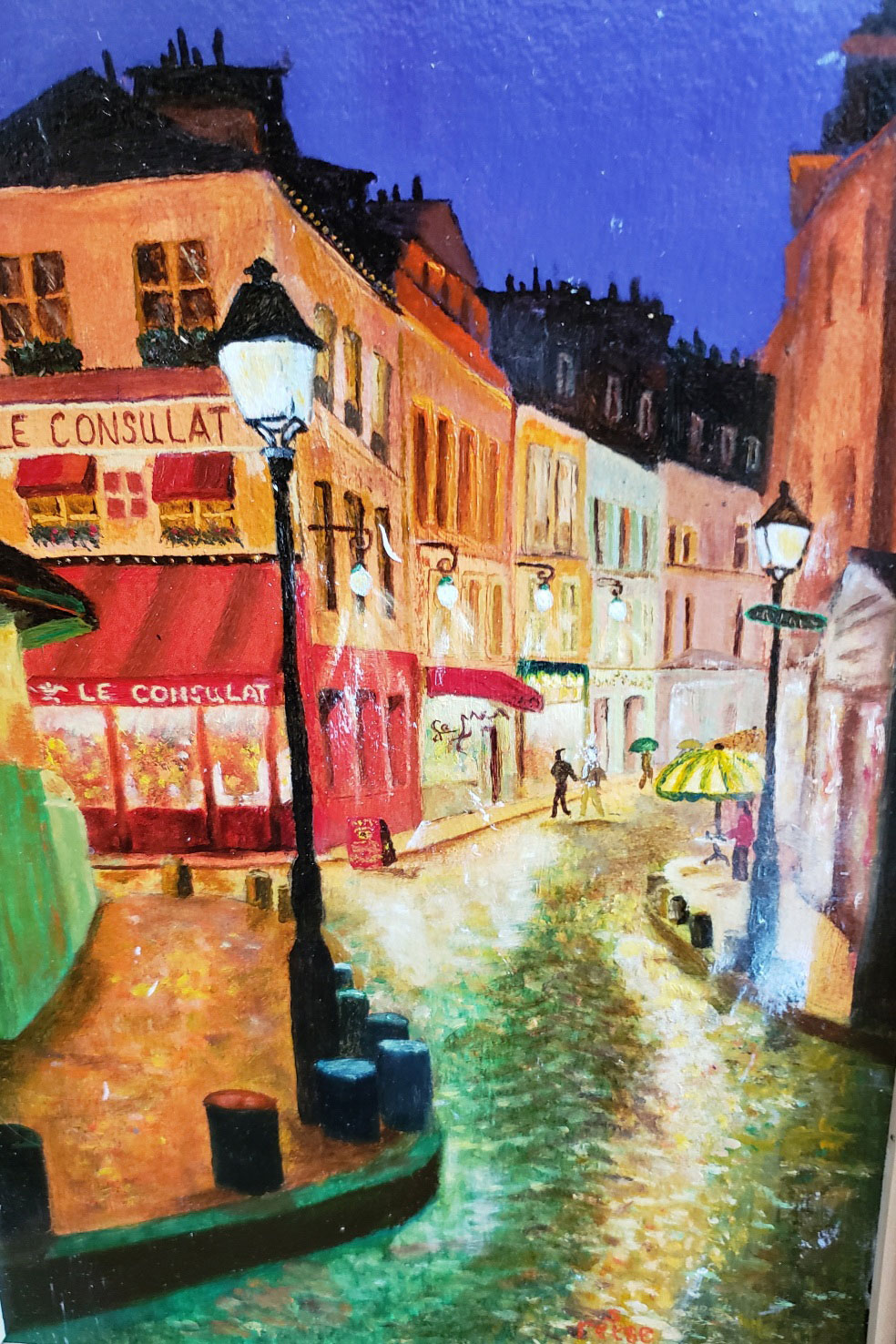
STUDIOWORKS
Submission Calls
If you’d like to be featured in an upcoming Studioworks Journal, we’d love to have you join our Creative Network! Our intention with Studioworks has always been to cultivate community involvement and collaboration. Featuring members from our creative community is such an honor and a beautiful way to share the light you all bring. Come join us!
STUDIOWORKS PODCAST
issue twenty-five
You can also listen to this month’s issue of the Studioworks journal. I find I love listening to books, podcasts and music while I draw, paint or go on a long walk. Enjoy.
Studioworks : issue twenty-five

inspiration: curated
One of my favorite things to do is to curate inspiration. From Pinterest boards to books, resources, playlists, and more – I love to share anything that might facilitate learning, expansion, and sparks of curiosity! Being an artist, we naturally crave these things so here are some of this month’s picks from me to you.
Books to Discover & Enjoy
MUSIC PLAYLIST
I had so much fun curating this list. I hope you enjoy!!
PINTEREST BOARDS
Interesting things to watch or listen to
FAVORITE SUPPLIES THIS MONTH
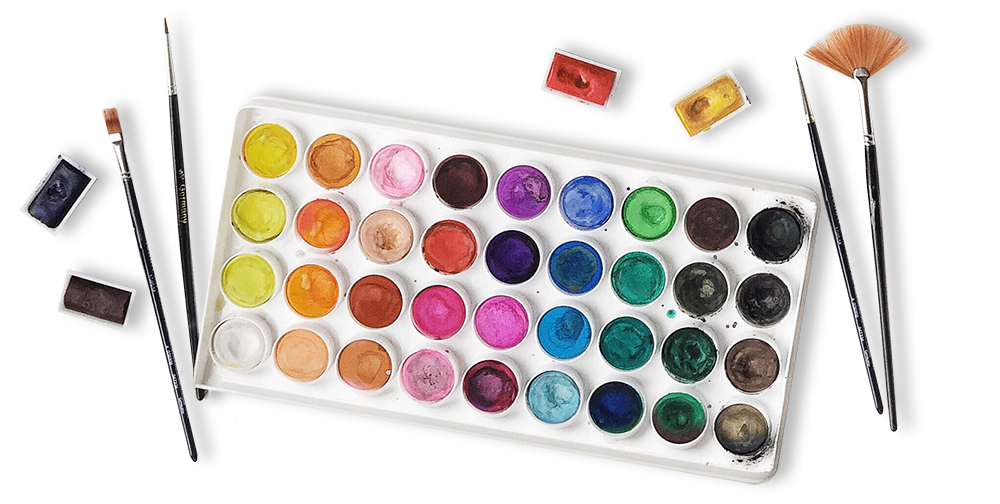
CLASSES TO TRY
These classes carry much of the same feeling of magic and exploration. I highly recommend checking them out if you haven’t already. Enjoy!

© 2019 IVYNEWPORT, LLC ALL RIGHTS RESERVED.

